DROPS Lima
The perfect every day yarn!
from:
13RON
per 50 g
Content: 65% Wool, 35% Alpaca
Yarn Group:
B (20 - 22 stitches)
/ 8 ply / DK / worsted
Weight/length: 50 g = approx 100 m
Recommended needle size: 4 mm
Knitting tension: 10 x 10 cm = 21 sts x 28 rows
Care: Hand Wash, max 30°C / Dry Flat / Feltable
Superwash: no
Made in: Peru
Raw material origin: Alpaca and wool from South America
This yarn has an Oeko-Tex® certification (certificate number 23.HPE.36896), Standard 100, Class II from the Hohenstein Institute. This means that is has been tested for harmful substances and is considered safe in human-ecological terms. Class II means the yarn is suitable to come in direct contact with the skin to a large extent, such as blouses, shirts, mattresses, etc.
DROPS Lima is a 4 strands sport yarn, made in a combination of 65% wool and 35% superfine alpaca, and its fibers are untreated, which means that they are only washed and not exposed to any chemical treatment prior to the dyeing. This highlights the fibers’ natural properties, while also providing a better shape and texture quality.
DROPS Lima is perfect for outdoor garments like classic Norwegian sweaters and sportswear, that are usually knitted tight for good shape stability. Hard wearing and durable like any great wool yarn should be, it also has the lovely properties from the alpaca, being soft and comfortable. A sport yarn with a touch of luxury!
Read more about our products' sustainability here
Please be aware that the colours shown may vary from screen to screen in the same way that shades may vary slightly from dye lot to dye lot.
How do I care for this yarn?

Hand Wash, max 30°C / Dry Flat
First of all, consider just airing the garment, instead of washing it. If you still desire to wash it, here are some guidelines:
- Hand wash at 30ºC - separately - with wool detergent without enzymes or optical brighteners.
- Don’t let the garment soak. Move the garment gently back and forth, do not rub or squeeze it.
- Rinse the garment until the rinse water is completely clear, making sure the water temperature stays uniform.
- Do a light centrifugation of the garment (about 800rpm), choosing a program that DOES NOT take in water at the start. Or press carefully the water out of the garment with a dry towel. The garment shouldn’t be twisted or rolled.
- To dry the garment, shape it and lay it flat - do not hang - ideally on a warm bathroom floor or on top of a drying rack in a room with good air circulation. Never dry the garment in direct sunlight.
- Don’t tumble dry.
- Never iron the garment directly. Use always a damp cloth between your steaming iron or regular iron and the garment.
Note: If you are washing a project made with this yarn combined with another, the general guideline is to follow the washing instructions for the most delicate of the yarns you are working with.
Thinking about felting this yarn?
See how this yarn looks before and after felting:
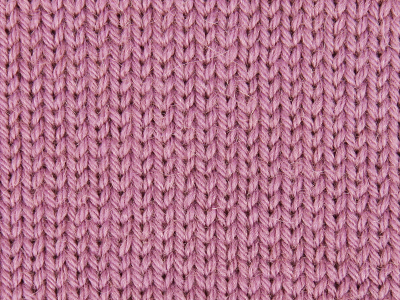
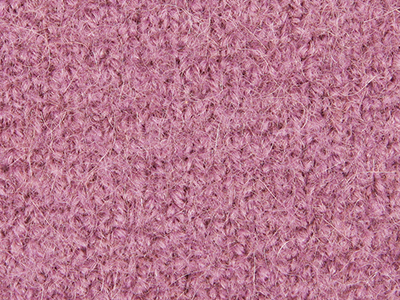
Needles: 4.00 mm
Before: 20 sts x 26 rows
After: 22 sts x 34 rows
Do you have a question about this yarn?
See a list of frequently asked questions (FAQ) about our yarns.
1) What type of fibers make the DROPS yarns?
Yarn can be made from a large number of natural and synthetic fibers. DROPS carries mainly yarns made from wool, cotton, alpaca, linen, mohair and silk. Each fiber type has its own qualities, and they are often mixed to take advantage of the best properties of each one. Coarse yarn has the advantage of being stronger and more durable, and finer fibers offer more softness and comfort. Here a bit about the main fibers we carry:
Alpaca:
Alpaca fleece is the natural fiber harvested from an alpaca, and it is similar in structure to sheep wool fiber. Its softness comes from the small diameter of the fiber, similar to merino wool. It is a soft, durable, luxurious and silky natural fiber. Yarn made from alpaca fibers does not felt or pill easily, and it can be light or heavy in weight, depending on how it is spun. While similar to sheep’s wool, it is warmer, not prickly, and has no lanolin, which makes it hypoallergenic. Alpacas come in 22 natural colors, with more than 300 shades from a true-blue black through browns-black, browns, white, silver and rose-greys.
Mohair:
This fiber comes from the Angora goats, and it's considered a luxury fiber. Mohair yarn is warm as wool, but much lighter in weight; it is durable, dyes well and does not felt easily. Mohair fibers have also a distinctive luster created by the way they reflect light. Despite being a hard fiber, mohair is usually spun into a very fluffy yarn, resulting in airy and lustrous garments.
Wool:
The wool fibers come from the skin of sheep and are relatively coarse fibers. Two striking characteristics of wool are its susceptibility to heat and its felting property, which is caused by the scales on the surface. Depending upon the breed of sheep, the appearance of the wool varies.
Wool from Merino sheep is considered the finest type of wool, having as characteristics that is finely crimped and soft. All the Merino wool in the DROPS yarns has its origins in South America, coming from sheep that have not been subject to Mulesing.
Pure new wool is wool made directly from animal fleece, and not recycled from existing wool garments.
Machine washable wool is wool treated chemically to minimize the outer fuzzy layer of the fibers, and be therefore fitable for machine wash (see Superwash).
Silk:
The silk fiber is a fine continuous fiber produced from the cocoon of a moth caterpillar known as the silkworm. While silkworm is cultivated, the wild or tussah silk is obtained from uncultivated silkworm cocoons. Silk fiber is one of the strongest natural fibers and makes a wonderful knitting yarn. It blends really well with other fibers, especially wool. Silk also dyes beautifully with natural dyes.
Vegetable fibers:
There are several varieties of vegetable fibers, found in the cell walls of plants or vegetables. Of all the varieties, two are recognized as major knitted or textile fibers. They are cotton and linen.
Cotton is the fiber surrounding the seeds in a cotton pod, and it is almost pure cellulose. Cotton is usually white in color but there are green and brown varieties as well. The cotton fiber is most often spun into yarn or thread and used to make a soft, breathable textile that is good for summer clothing and accessories, making a weaker yarn than silk or linen but stronger than wool.
Mercerized cotton is cotton that has been through a mercerization treatment. This treatment gives cotton fabrics and threads a lustrous yarn that is more lustrous than conventional cotton. It is also stronger, takes dye a little more readily, makes the yarn more resistant to mildew and reduces lint. It also may not shrink or lose its shape as much as "regular" cotton.
Linen is a fiber derived from the stalk of the flax plant that is durable and stronger than any other fiber. The linen fiber is relatively soft, straight and lustrous and becomes more beautiful with age. Linen is more comfortable to wear in hot temperatures than cotton, due to the fact that it absorbs moisture better and dries more quickly.
Other materials used in our yarns include synthetic fibers such as acrylic, viscose, polyamide (nylon) and polyester. These fibers are used mostly to give strength to a yarn (like our sock yarn, DROPS Fabel) or a special kind of structure (like our blown yarn, DROPS Air).
The polyamide fibre, commonly known as nylon, is very strong, durable, lightweight, easy to care for (can be machine washed and dried), and elastic, which makes it perfect for blending with other fibres to produce hard-wearing yarns like sock yarn.
Compared to polyester, polyamide is softer and more flexible, but it also absorbs more water and dries slower.
3) What type of information can I find on the DROPS yarn labels?
All DROPS yarn labels include information about fiber content (wool, cotton, etc.), weight in grams and ounces, length in meters and yards, washing instructions and symbols (explained here), color number, dye lot number and yarn group information.
4) What are the DROPS yarn groups?
All DROPS yarns are classified into 6 different thickness groups (A to F). Yarns in a same group have similar knitting tension/gauge, and can therefore be interchanged in patterns; however the length may be different, so when substituting always calculate the amount of meters/yards needed for the pattern to know the amount of yarn you need to get.
5) Can I use a different yarn than the one mentioned in the pattern?
Yes, as long as the yarn can be worked in the same knitting tension/gauge. Always swatch to make sure you get the same number of stitches in width and rows in height as given in the pattern.
Remember that different yarns with different textures, will give the garment different looks. The yardage/length may also be different, so when substituting always calculate the number of yards needed, in order to know the amount of yarn you need.
Read more about how to calculate the amount of an alternative yarn - and how to replace 1 thread of a yarn with 2 or more of another, here.
6) What does it mean when a yarn is “Superwash”?
A superwash wool is a special wool product that has been treated or processed in a way that allows it to be machine washable. Many people are afraid to work with wool because it is so easy to shrink (though some shrink wool on purpose) and superwash wool can allow them to work with great fibers without worry. (Read more here).
7) What does “Oeko-Tex® certified” means?
The Oeko-Tex® Standard 100 was introduced at the beginning of the 1990s as a response to the needs of the general public for textiles which posed no risk to health. The Oeko-Tex® Standard 100 is a globally uniform testing and certification system for textile raw materials, intermediate and end products at all stages of production. The test for harmful substances comprise substances which are prohibited or regulated by law, chemicals which are known to be harmful to health, and parameters which are included as a precautionary measure to safeguard health.
For more info go to www.oeko-tex.com
10) How accurate are the colours on the shade cards online?
When obtaining images for the shade card, we do our best to achieve the highest level of color accuracy. Unfortunately, we cannot guarantee how images will appear on your computer screen. Every monitor displays color differently, some colors might look darker than they really are, and some colors might be more saturated on some screens. If you experience that many of the yarn colors looks different on your screen than the actual color of the skeins, you can adjust the setting on your monitor.
11) What is a micron? What does super fine / extra fine mean?
The fineness of yarn fibers is measured in microns (thousands of millimeters). Super fine alpaca wool is 26-28 microns. Fine merino wool is less than 21.5 microns and extra fine merino is under 19.5 microns. The less microns the softer and more delicate a quality can be, the more microns the more hard wear the quality will be.
The reason why the microns in a yarn’s fibers are important is that the yarn will eventually become something else, and how delicate or coarse a yarn is will determine in part what we use it for. That’s why we recommend the softest yarns (like DROPS Baby Merino) for baby clothing, or why we choose to use a more hard wear yarn like DROPS Snow, for a seating pad or slipper.
12) Why are the colours in my skeins of print yarn different?
The reason why two skeins of a same print yarn look different can be 1) that both skeins are part of different dye lots; 2) that the skeins have been dyed using a technique called "magic print" (the one used for example in DROPS Delight), which provides unique patterns and smooth colour transitions to each skein, meaning also that within one dye lot, lighter or darker varieties might appear. This is no fault or defect, but part of the yarn's character.
13) My store doesn’t have the colour I want, what can I do?
If your DROPS store doesn’t have the yarn colour you want, try contacting a DROPS Super Store (the ones with the golden badges) - they will make sure to get a hold of the colour even if they don’t have it in stock themselves. See a list of all DROPS stores here.
14) Where can I find a specific dye lot of a colour?
Always try contacting your DROPS store first. If they do not have the dye lot you want we recommend you to ask other knitters and crocheters in the DROPS Workshop in Facebook or Ravelry, which may have the dye lot in their stash and might be willing to part from it.
Yarn sheds because there's not enough twist to hold all of the fibers together. All yarns have excess fibers (from production) that might come off as lint or shedding, in varied degrees that depend on how the yarn is spun. Brushed yarns ("hairier" yarns) like DROPS Melody, have more of these loose fibers than other yarns, and therefore shed more. Shedding also depends on what is worn under or over the garment, and whether this pulls at the yarn fibers. It’s therefore not possible to guarantee that there will be no shedding.
Below are some tips on how to get the best result when working with hairier yarns:
- When the garment is finished (before you wash it) shake it vigorously so the looser hairs come off. NOTE: do NOT use a lint roller, brush or any method that pulls at the yarn.
- Place the garment in a plastic bag and put it in your freezer - the temperature will cause the fibers to become less attached to each other, and excess fibers will come off easier. Leave in the freezer for a few hours before taking it out and shaking it again.
- Wash the garment according to the instructions on the yarn label. Garments worked with hairier yarns usually need to be shaken once dry after washing, so that the hairs rise and any excess fibers can come off.
Pilling is a natural process that happens to even the most exclusive of fibers. It's a natural sign of wear and tear that is hard to avoid, and that is most visible in high friction areas of your garment like a sweater's arms and cuffs.
You can make your garment look as new by removing the pilling, using a fabric comb or a pill/lint remover.
How can I replace this yarn?
If you are looking to replace this yarn with another DROPS yarn, you can use another yarn within the same yarn group, or try our yarn converter!
Other yarns in Yarn Group B
Read more about replacing yarn.Have a problem with the DROPS yarn you purchased?
When you purchase yarn from the shade cards or patterns on our site, you are not buying directly from DROPS but from one of the hundreds of DROPS stores around the world. It is therefore important that you take contact with the DROPS store where you bought the yarn, and that you save the labels of all the skeins you purchased (they are your warranty).
The DROPS store you contact will assist you and escalate the claim if necessary. Find a list of DROPS stores here.
Comments / Questions (220)
![]() Nina wrote:
Nina wrote:
... tillsammans med det här: "Gult finns ju till exempel inte alls."
09.09.2014 - 08:26
![]() Nina wrote:
Nina wrote:
Jag försökta skriva det här: "Precis som andra tycker jag att det här ett fantastiskt bra garn, men jag saknar ändå lite fler framför allt klara färger."
09.09.2014 - 08:25
![]() Nina wrote:
Nina wrote:
Det går inte att kommentera här.
09.09.2014 - 08:24
![]() Dalla Nora wrote:
Dalla Nora wrote:
Bonjoiur, je viens de finir le modéle 153.3 j'ai peur de le laver. Faut-il que je lave à la main ou au pressing merci pour le renseignement bonne journée
30.07.2014 - 08:20DROPS Design answered:
Bonjour Mme Dalla, les consignes d'entretien se trouvent sur l'étiquette et sur cette page - pour toute aide complémentaire, pensez à vous adresser au magasin où vous avez acheté votre laine. Bon tricot!
08.08.2014 kl. 09:34
![]() Camilla wrote:
Camilla wrote:
Hei! Lurer på om det er noen som har strikket SandnesGarn sin Eskimo genser i Drops garn? Eller er det noen som ville anbefalt meg en type garn til den genseren? Mvh Camilla
05.05.2014 - 22:55
![]() DROPS Design NL wrote:
DROPS Design NL wrote:
Hoi Armande. Je kan prima vilten met Lima. Ik weet niet hoeveel de Lima krimpt, maar brei een proeflapje 21 st x 28 nld, vilt het en bekijk het resultaat.
06.03.2014 - 10:05
![]() Diana wrote:
Diana wrote:
Ein wirklich tolles Garn! Es läßt sich sehr schön verarbeiten, gibt ein schönes Maschenbild und die Kleidungssrücke sind warm und angenehm zu tragen.
21.02.2014 - 08:43
![]() Armande wrote:
Armande wrote:
Kan ik deze wol ook gebruiken om te vervilten; voor sloffen bijvoorbeeld. In de wolwinkel zeiden ze van wel; maar ik zie het niet terug op de site.. Weet u misschien hoeveel % de wol Lima dan krimpt?
11.02.2014 - 17:50
![]() Monika wrote:
Monika wrote:
Sehe schöne Qualität, super zu verarbeiten und angenehm zu tragen.
20.01.2014 - 13:11
![]() Bodil Egset wrote:
Bodil Egset wrote:
Hei :) Har Lappestua i Ålesund dette garnet? Altså Lima.
06.01.2014 - 10:04
![]() Gabriela wrote:
Gabriela wrote:
Hallo Ihr Lieben,gibt es auch eine "Alpaka-Wolle" zum Socken stricken?
19.12.2013 - 22:55DROPS Design answered:
Liebe Gabriela, man kann aus Alpaca aus Socken stricken, jedoch sind das eher Sofa-Socken, da sie nicht so strapazierfähig sind wie Socken aus "richtiger" Sockenwolle mit etwas Polyamidverstärkung.
14.10.2014 kl. 19:27Denfour Selma wrote:
Bonjour Je souhaiterais savoir si les -25% sur tous les alpagas sont valables chez tous les detaillants? Carici en Grece , sur les site des 2 detaillants a Athhene rien n' est mentionne. Comme je viens de decouvrir votre site ,je voudrais savoir si je peux tricoter des mitaines avec le DROPS Lima. Merci d' avance.
02.12.2013 - 19:30
![]() Dagmar wrote:
Dagmar wrote:
Super schöne Wolle in tollen Farben. Man kann sie auch mit Fünfer-Nadeln stricken.
25.11.2013 - 10:34
![]() Renate wrote:
Renate wrote:
Wat een mooie wol. De kleuren en de kwaliteit en prijs. Geweldig om mee te ontwerpen en te breien. Hartelijk dank, R. Kleefstra
24.11.2013 - 18:53
![]() Luciana wrote:
Luciana wrote:
è una lana stupenda da lavorare, ha un'ottima struttura, non si divide, va bene sia per il lavoro con i ferri che per l'uncinetto. Appena lavorata sembra rigida ma appena la si lava diventa morbidissima e meravigliosamente calda. Io ho fatto un gilet a punto tunisi e con quello che era avanzato un orsacchiotto a maglia talmente morbido che non si smetterebbe più di abbracciarlo ma nello stesso tempo tiene perfettamente la forma!
23.11.2013 - 05:27
![]() Maria Luisa Fernandez wrote:
Maria Luisa Fernandez wrote:
Hola, queria saber si esta lana pica. saludos
31.10.2013 - 21:05
![]() Mielfleur wrote:
Mielfleur wrote:
J'ai fait la veste 143-1, je l'ai mise dans la machine à laver programme "lavage à la main", "laine" essorage 500 t/mn ,elle est sortie impeccable ! elle n'a ni rétrécie, ni feutrée ! en fait je crois que je n'ai méme pas regardé l'étiquette :-( !
23.10.2013 - 13:04
![]() Chambo wrote:
Chambo wrote:
Avez vous une laine similaire lavable?
01.10.2013 - 16:44Drops Design answered:
Bonjour Mme Chambo, si vous souhaitez une laine lavable en machine, recherchez parmi les qualités du groupe B, comme DROPS Merino Extra Fine ou DROPS Karisma par ex, toutes 2 traitées superwash. Bon tricot!
01.10.2013 kl. 18:28
![]() Vivi wrote:
Vivi wrote:
Søger opskrift på li-031 hvor kan jeg få den?
11.06.2013 - 16:23
![]() Sophie wrote:
Sophie wrote:
Magnifique laine, j'ai tricoté deux châles avec (rouge et gris foncé), résultats magnifiques, la laine est douce et chaude, et très agréable à tricoter! ne bouloche pas
03.05.2013 - 10:09Cláudia wrote:
Todos os fios são lindos. No Brasil não há cores tão belas assim. Se fossem vendidos aqui seriam campeões de vendas. Beijão e continuem fazendo coisas maravilhosas.
28.01.2013 - 22:12
![]() Mian wrote:
Mian wrote:
Quisiera hacerme el patron DROPS 141-41 en talla mediana pero no sé la cantidad de ovillos que necesito...¿me podrían ayudar? Gracias
23.12.2012 - 10:15
![]() Gabi wrote:
Gabi wrote:
Kommt die neue Farbe jetzt in einer Woche oder in der 1. Woche 2013
09.12.2012 - 13:00Garnstudio Deutschland answered:
Liebe Gabi, mit Woche ist die Kalenderwoche gemeint, also Woche 1 2013.
09.12.2012 kl. 17:54
![]() Mary wrote:
Mary wrote:
Bonjour, Pouvez-vous me dire si le fil Lima colori pétrole 0701 sera bientot disponible ? Merci !
02.12.2012 - 21:55Drops Design answered:
Bonjour Mary, nous attendons ce coloris pour très bientôt à Oslo, vous pourrez ensuite contacter votre magasin habituel (cf liste détaillants/France) pour connaître ses disponibilités. Bon tricot !
03.12.2012 kl. 13:22








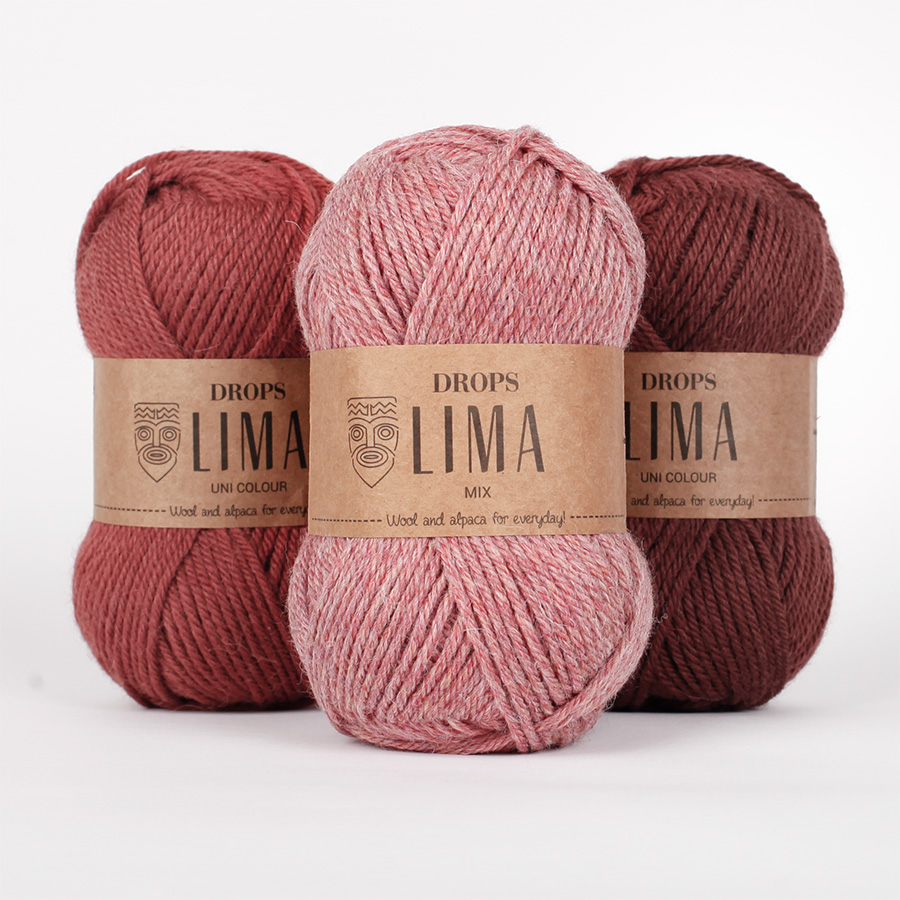




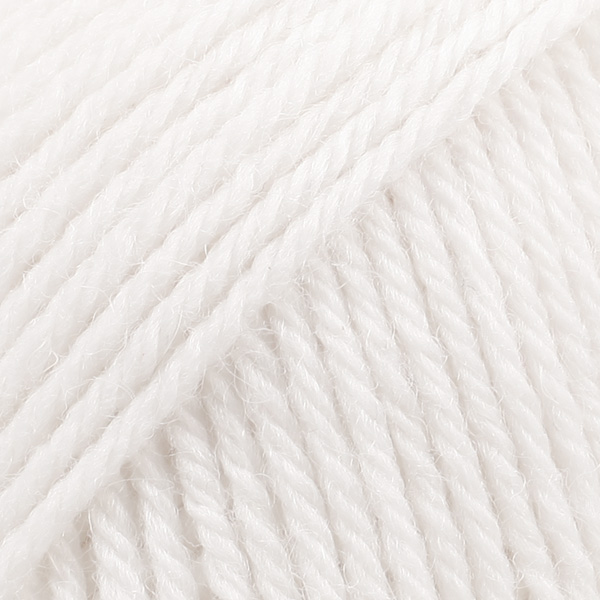




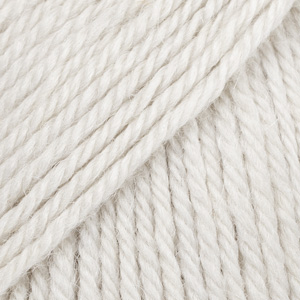
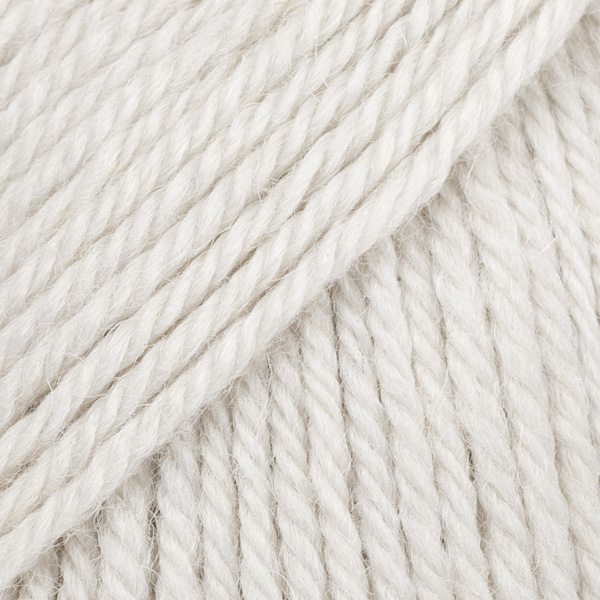

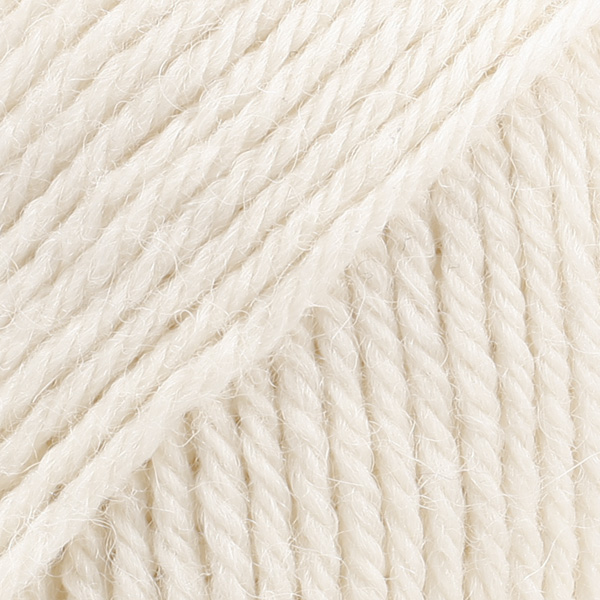






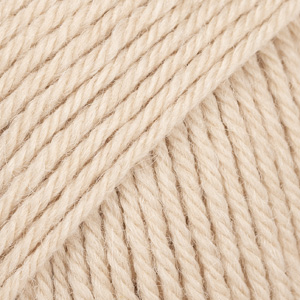
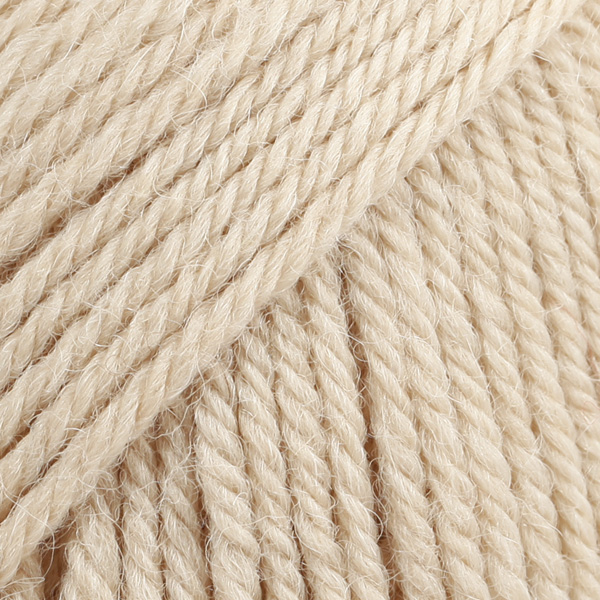









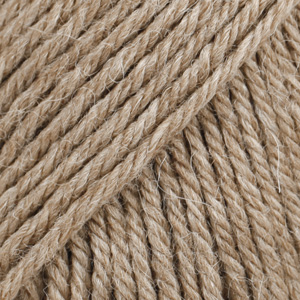
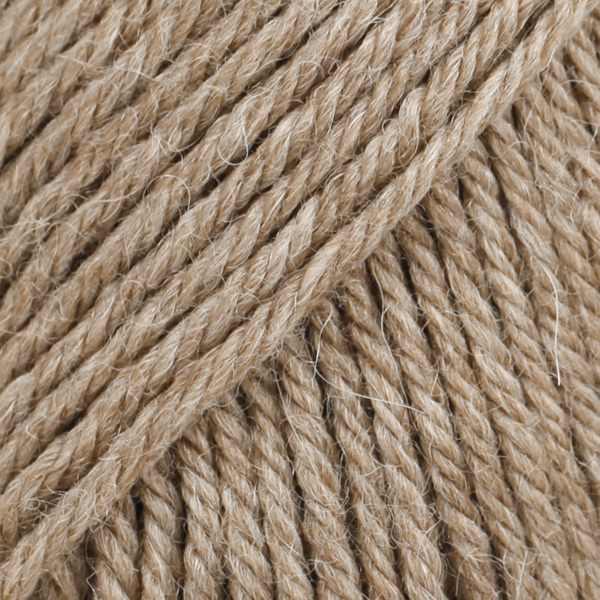


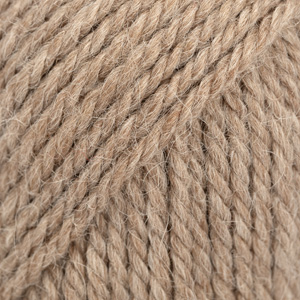

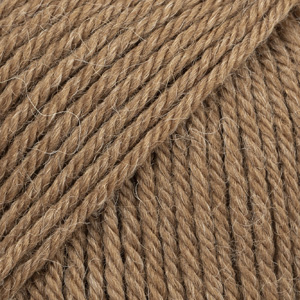
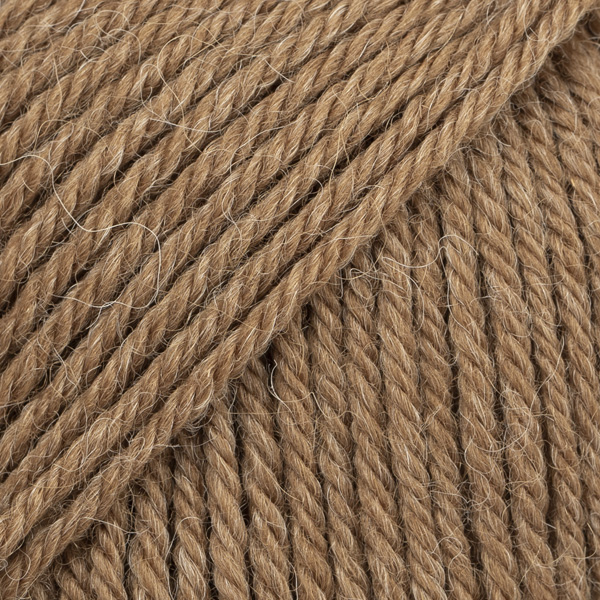

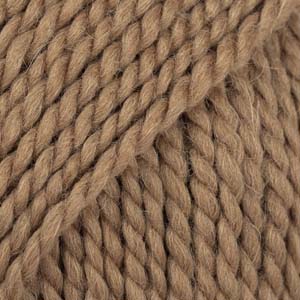







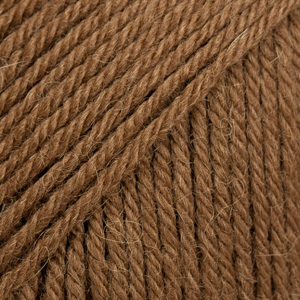
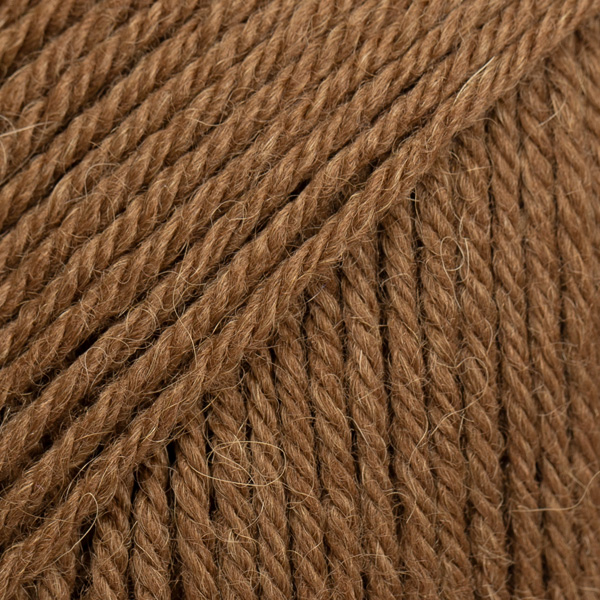


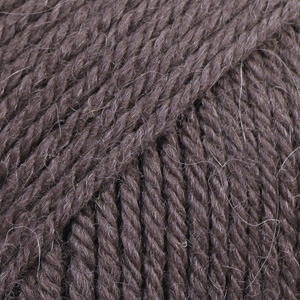
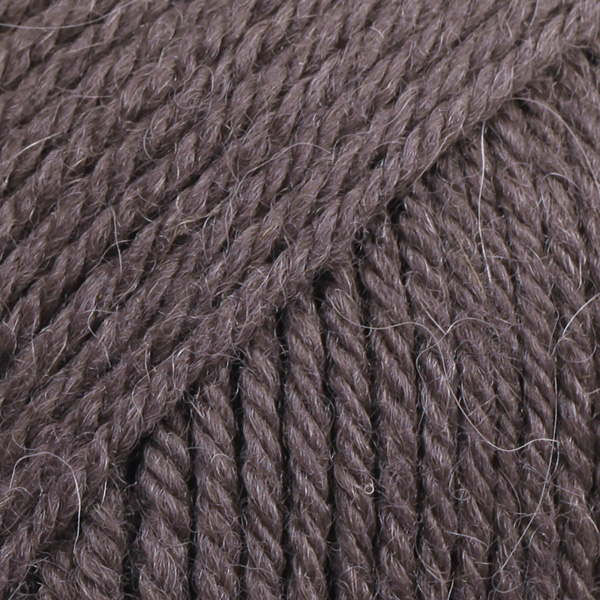
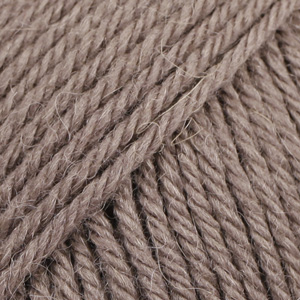
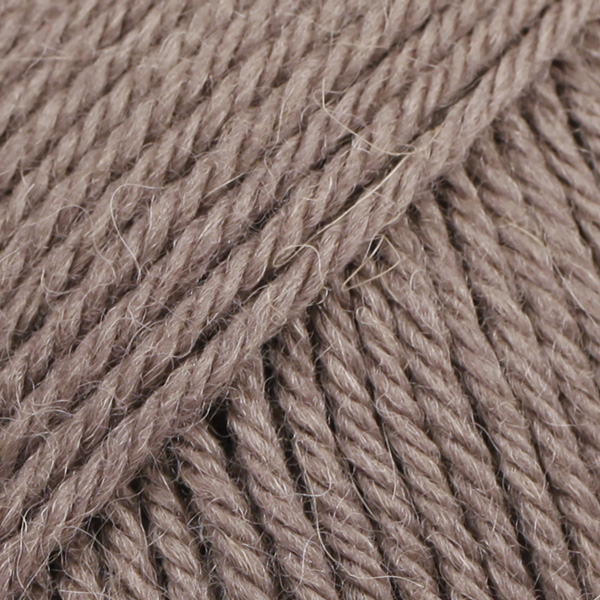
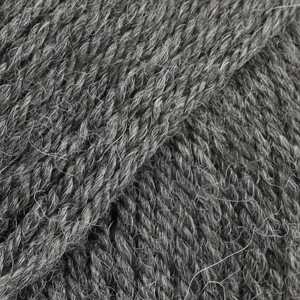






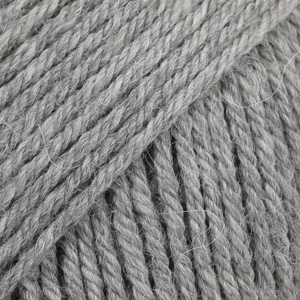
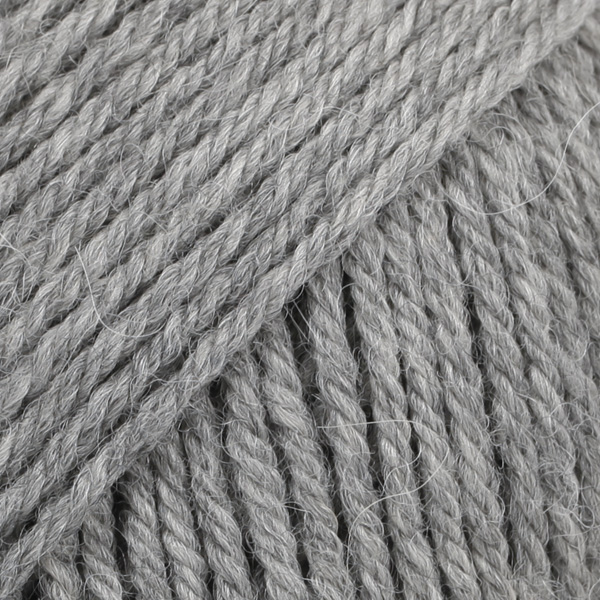








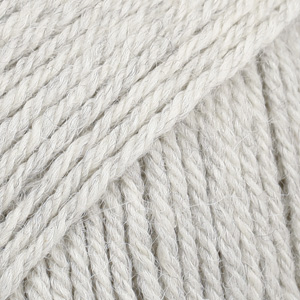
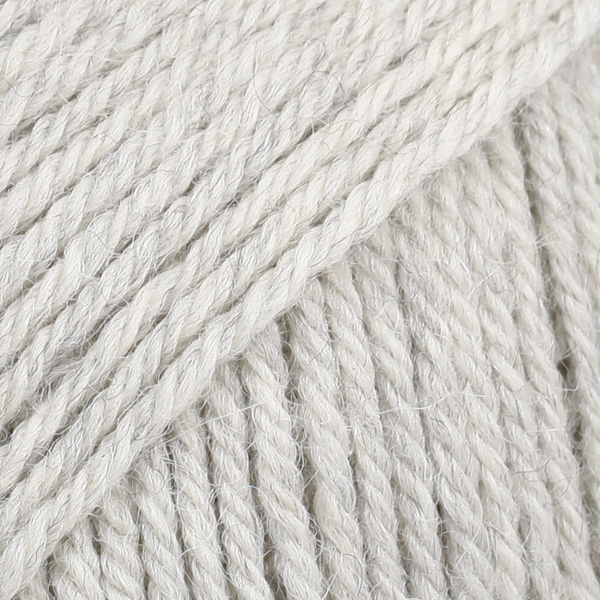










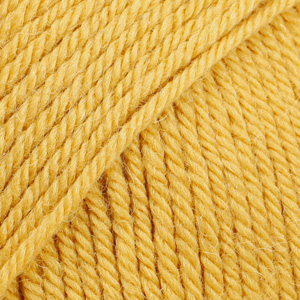
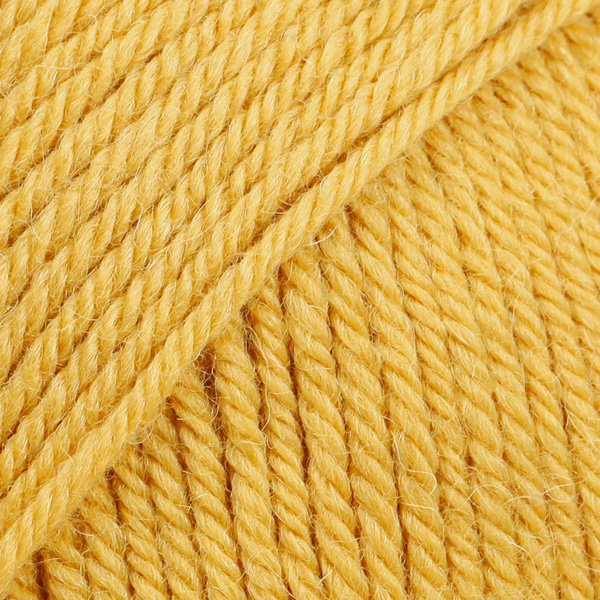



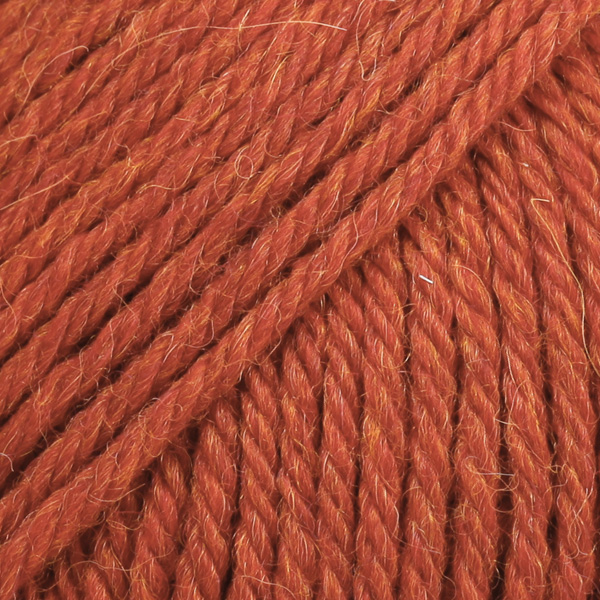
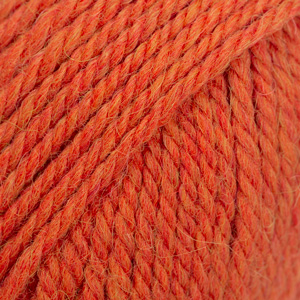


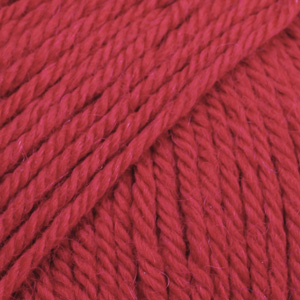
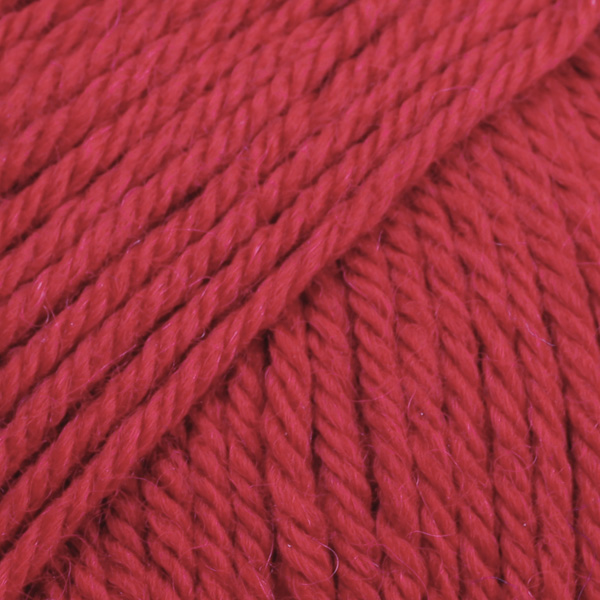





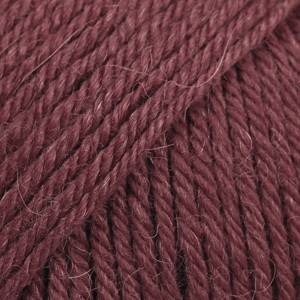
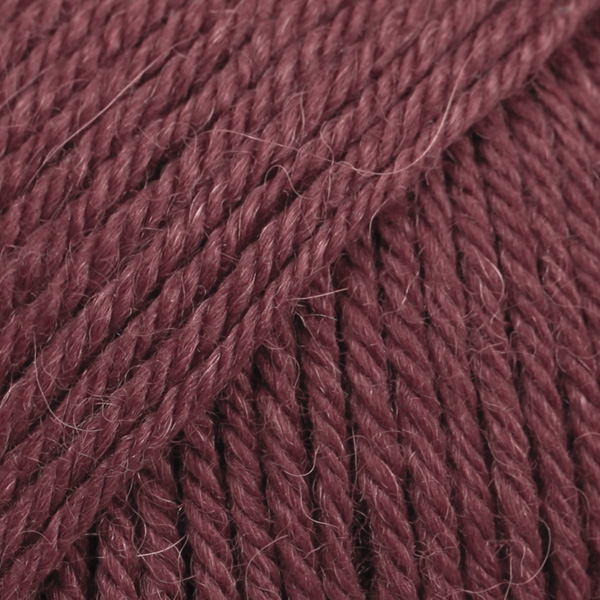
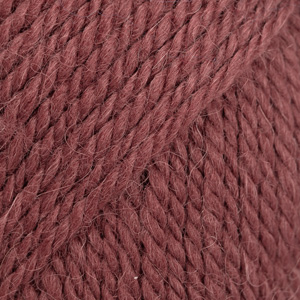



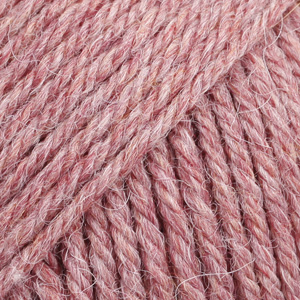
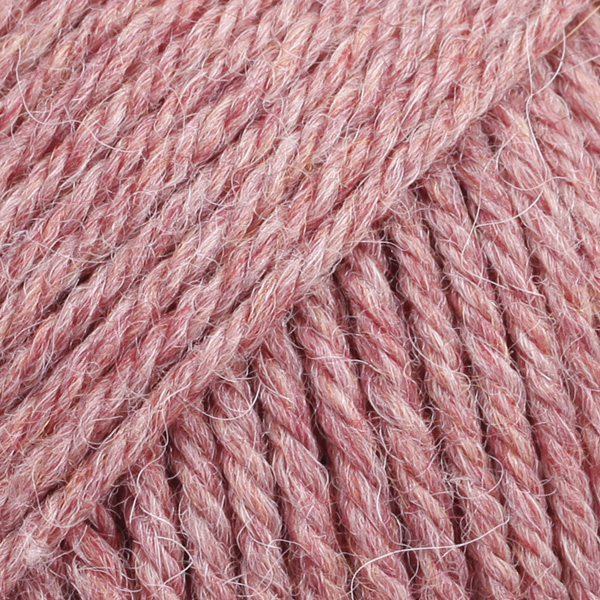
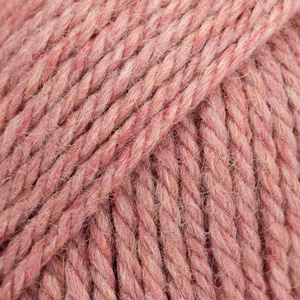

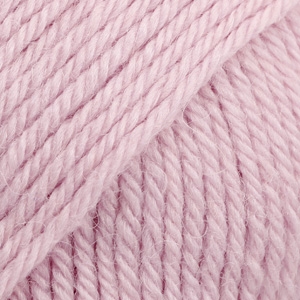
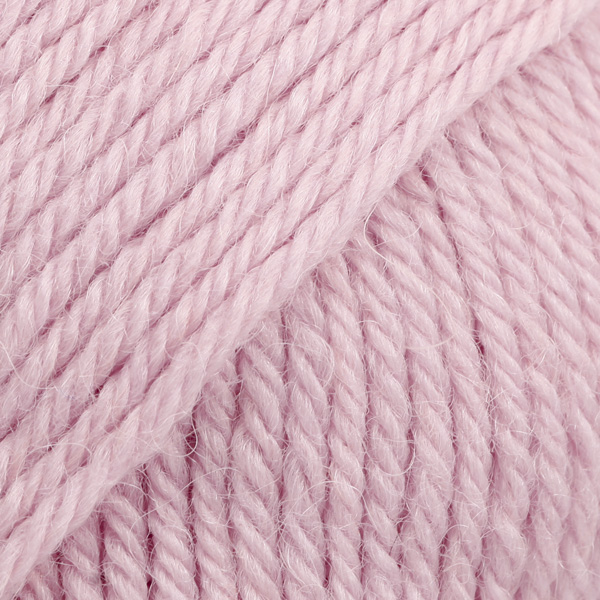


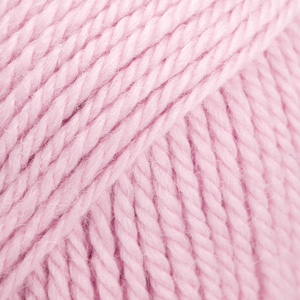
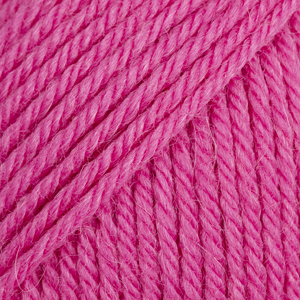
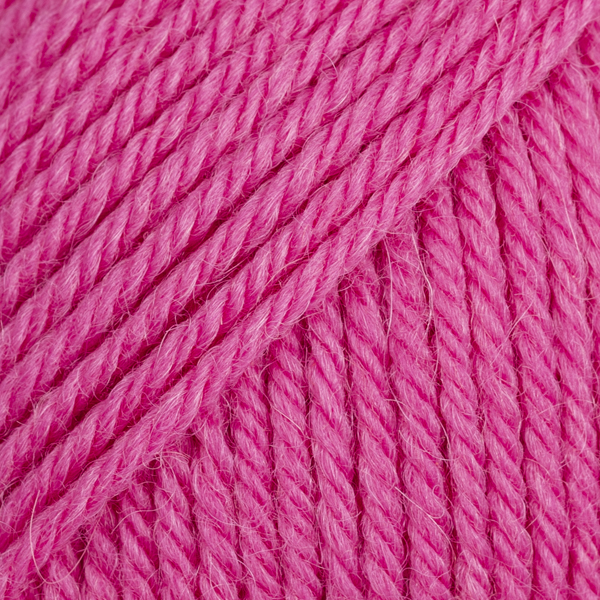









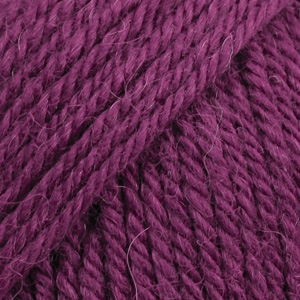
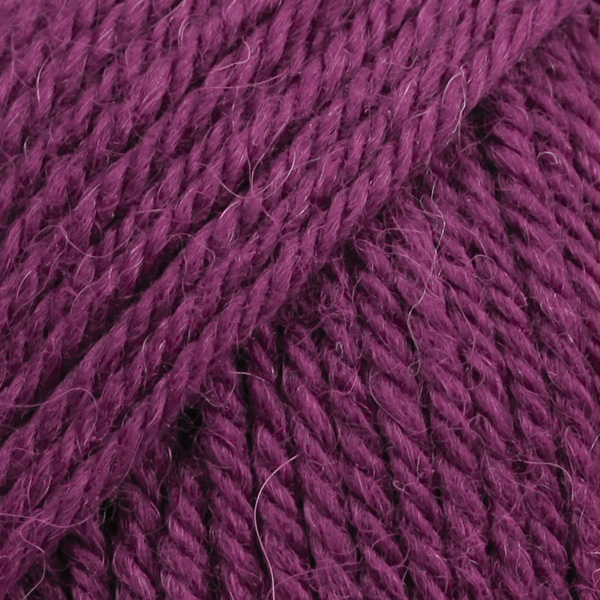

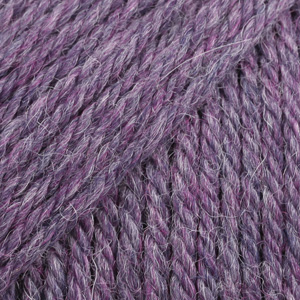
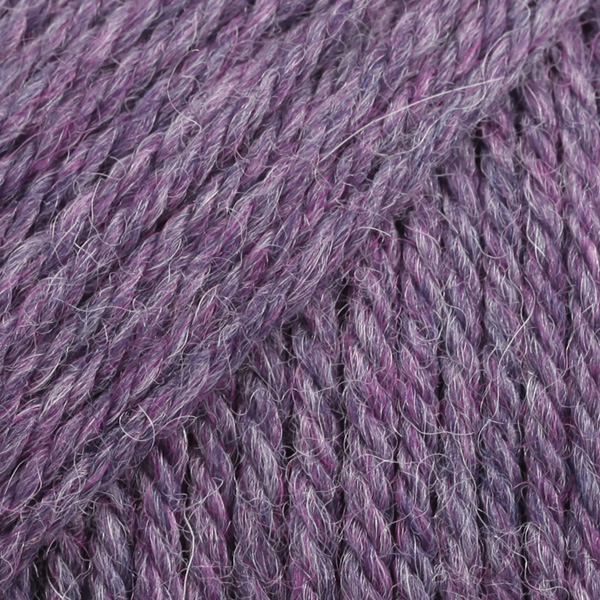




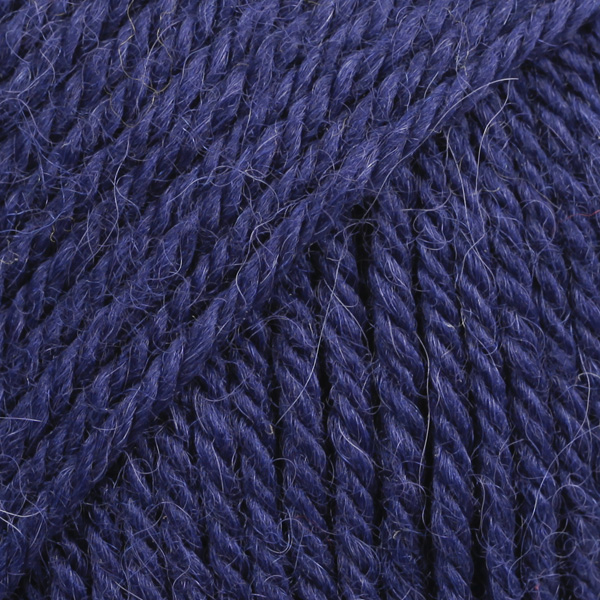

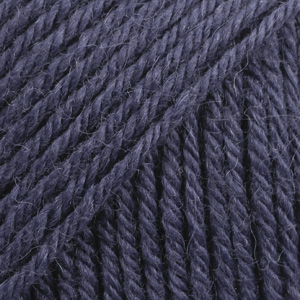
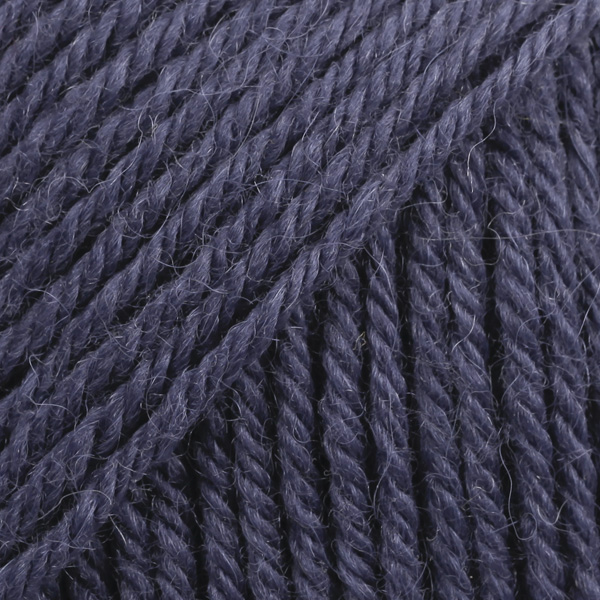



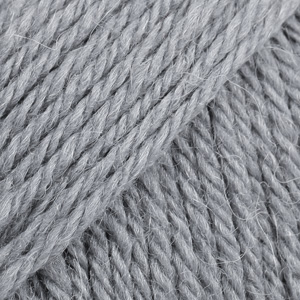
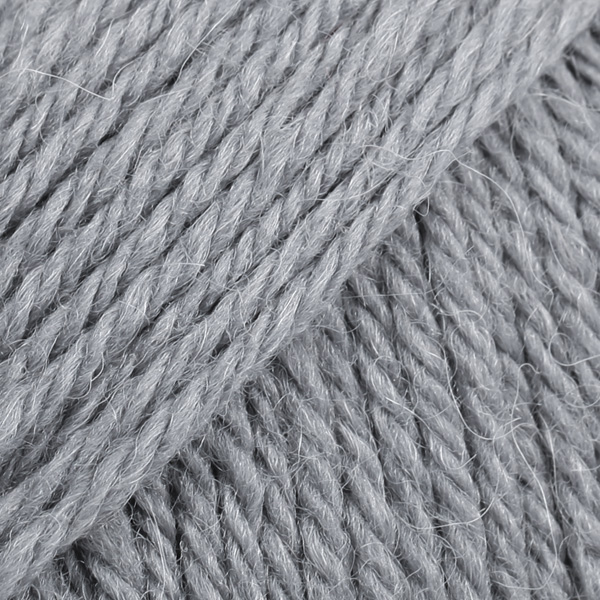
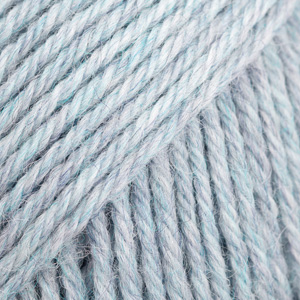
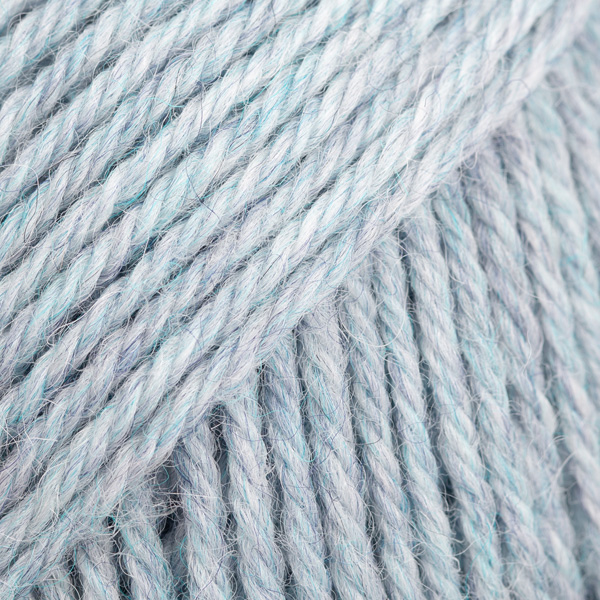
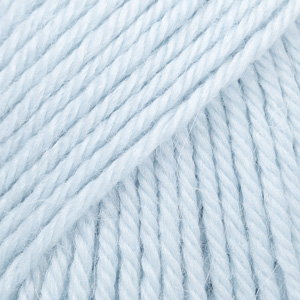
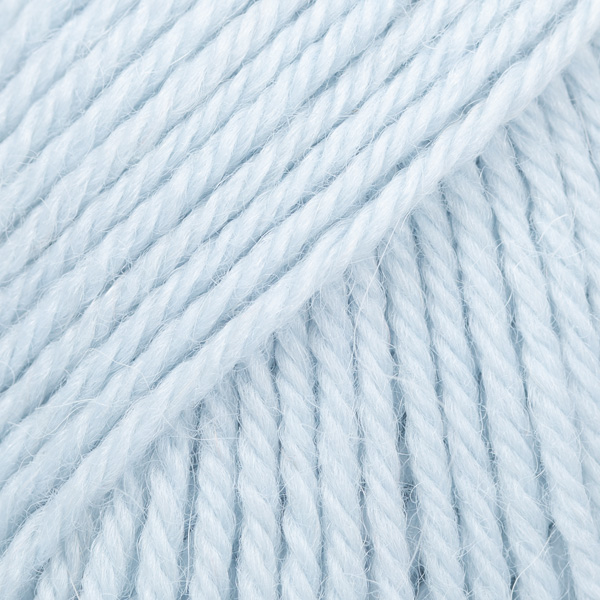
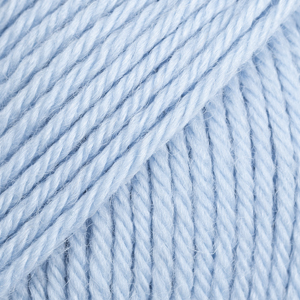
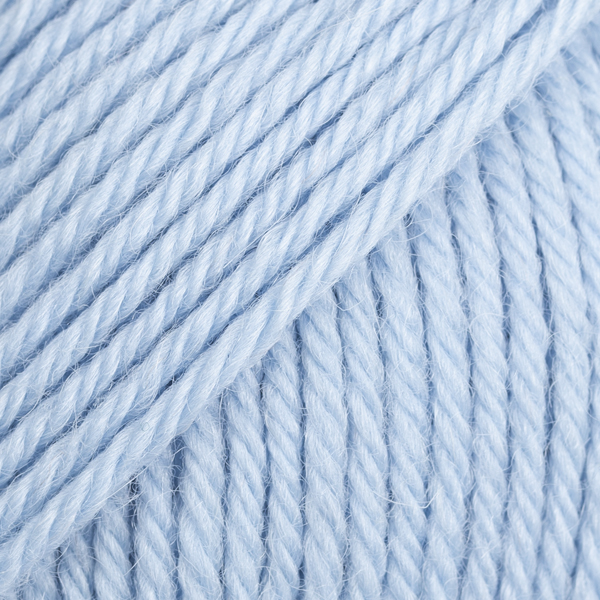
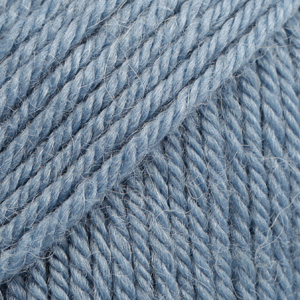

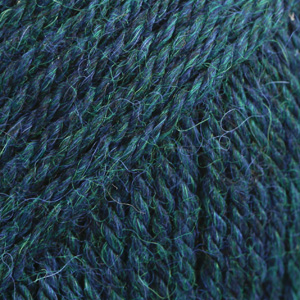
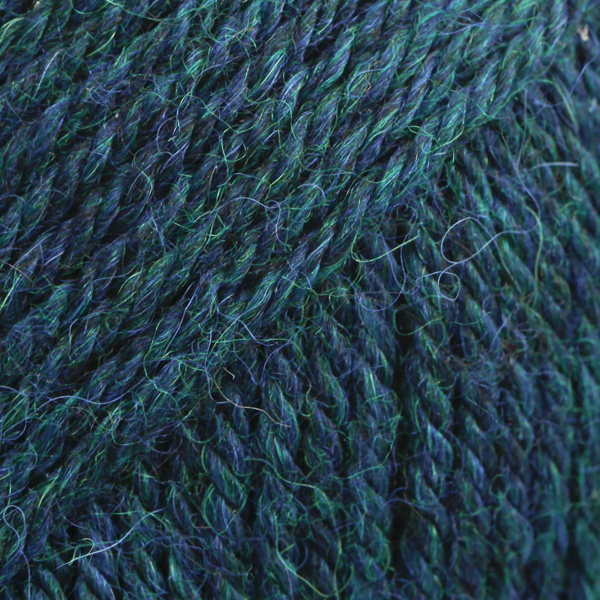
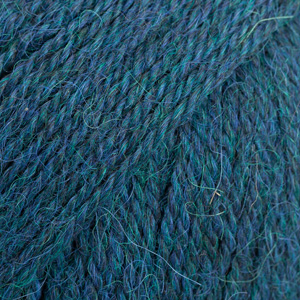
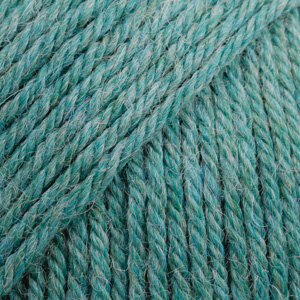
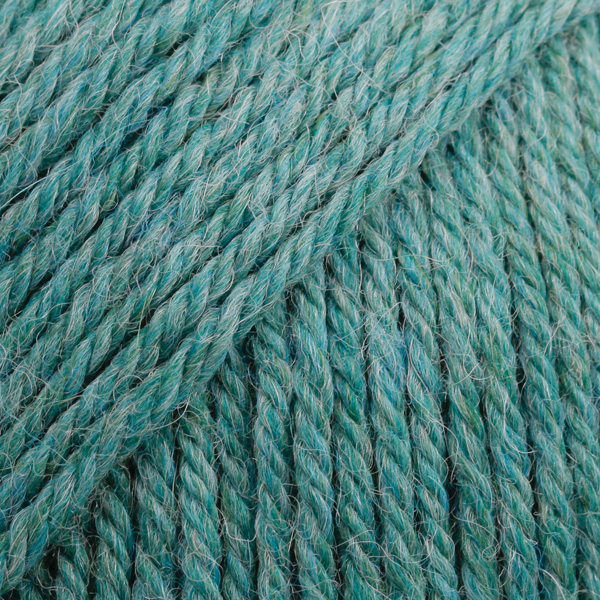








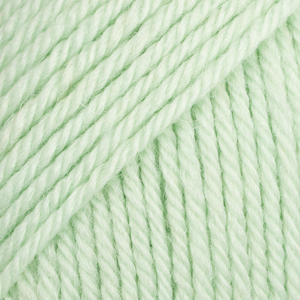
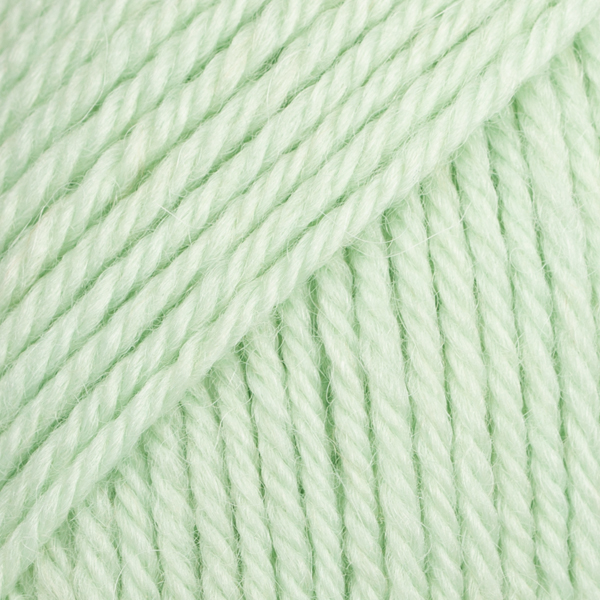

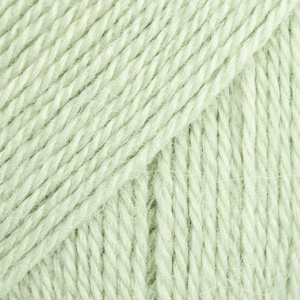








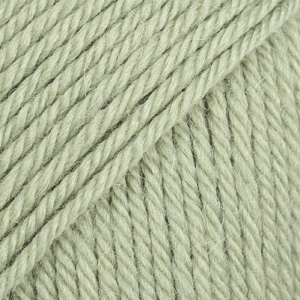
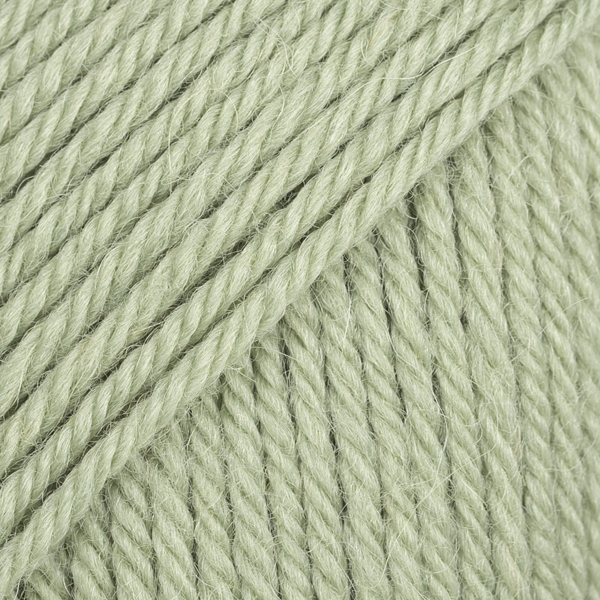
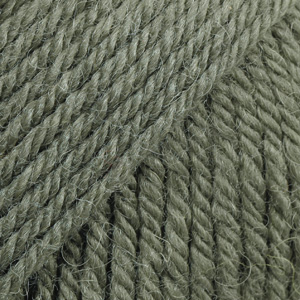
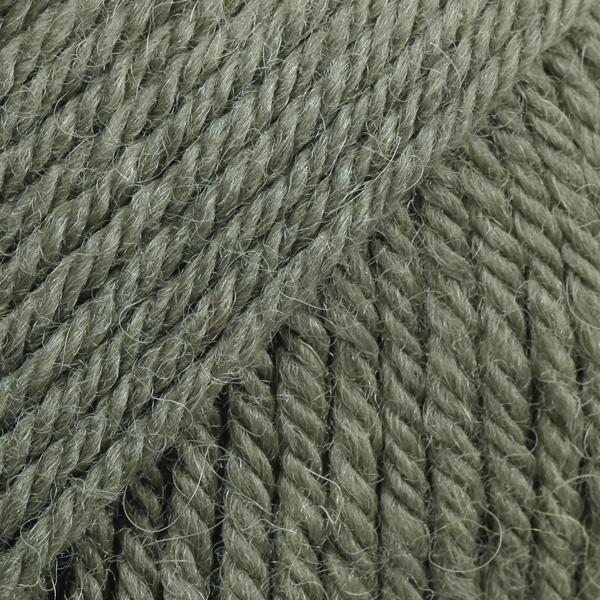
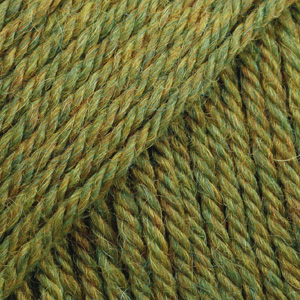
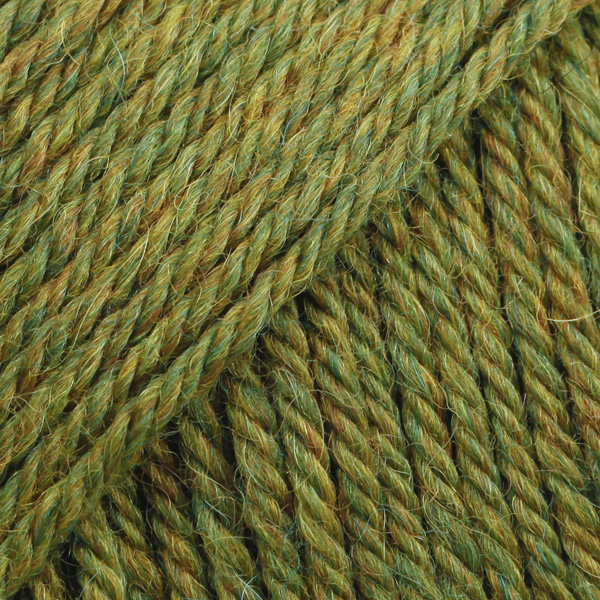

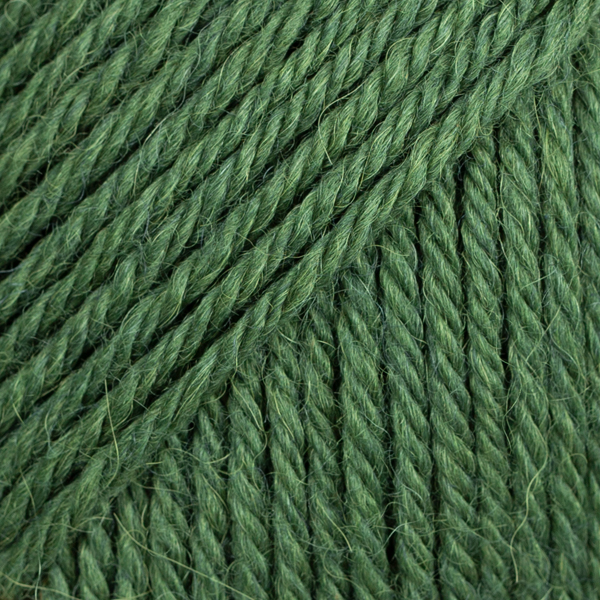



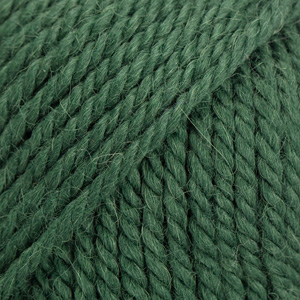


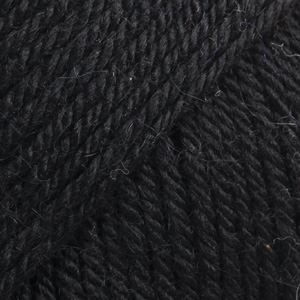
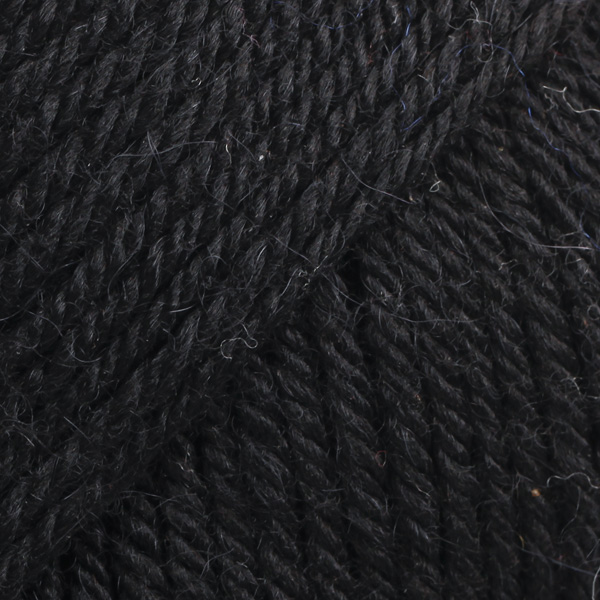


















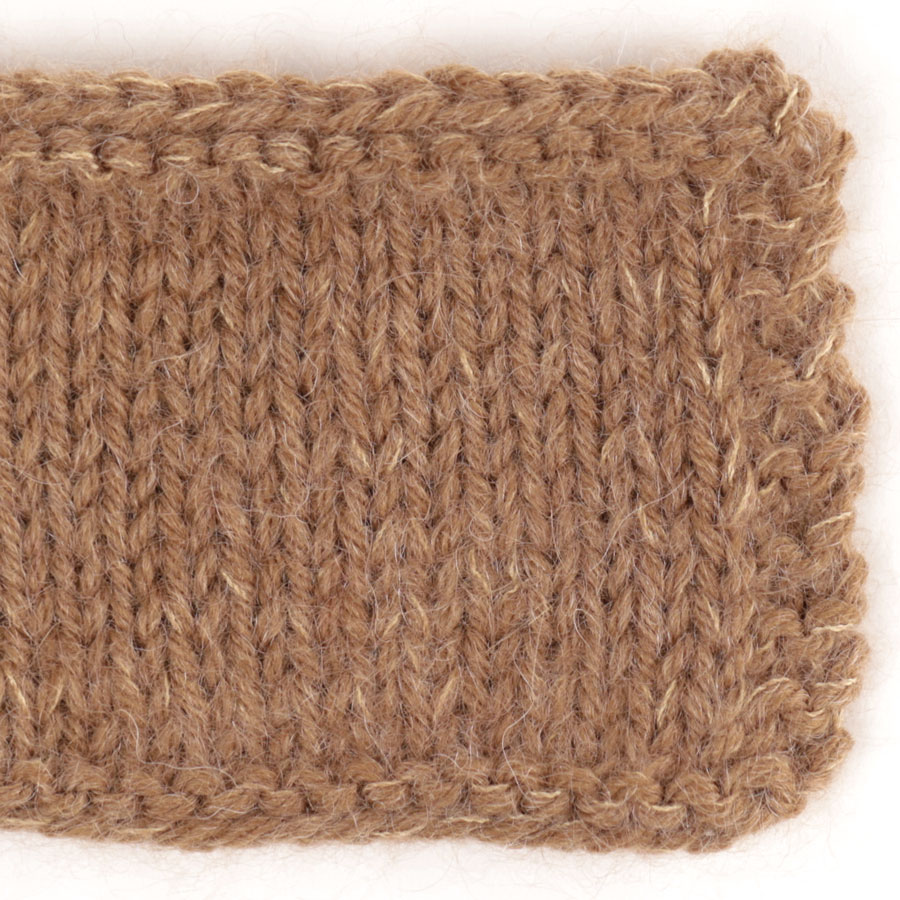
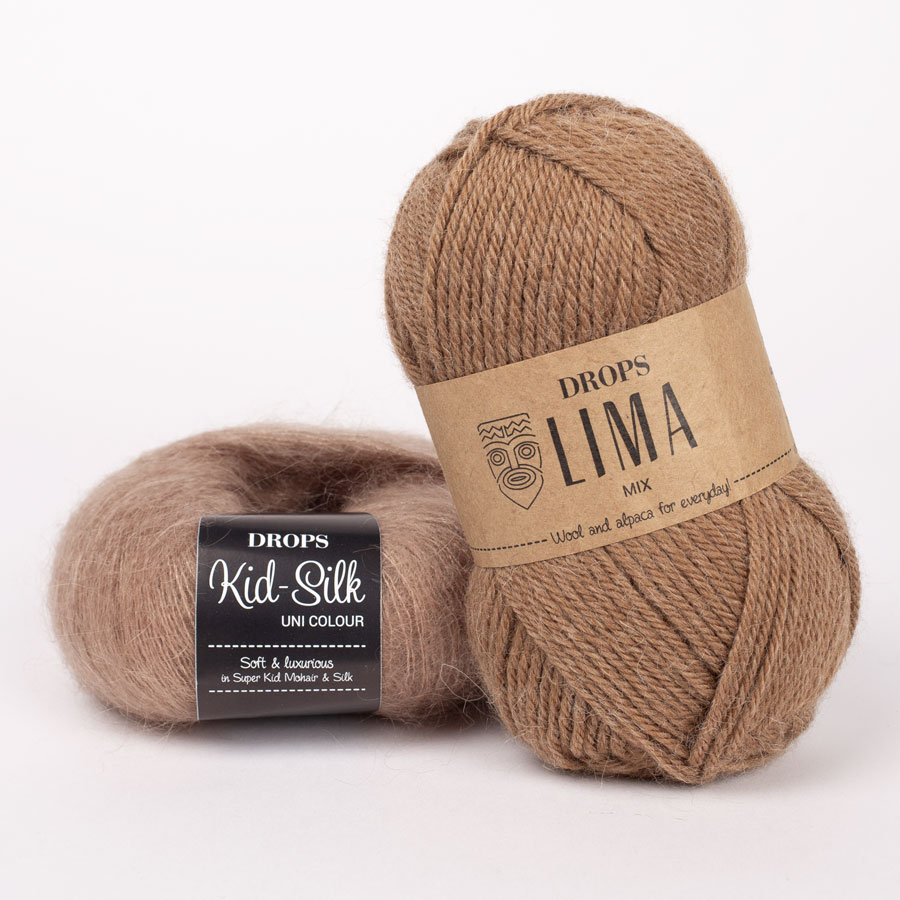
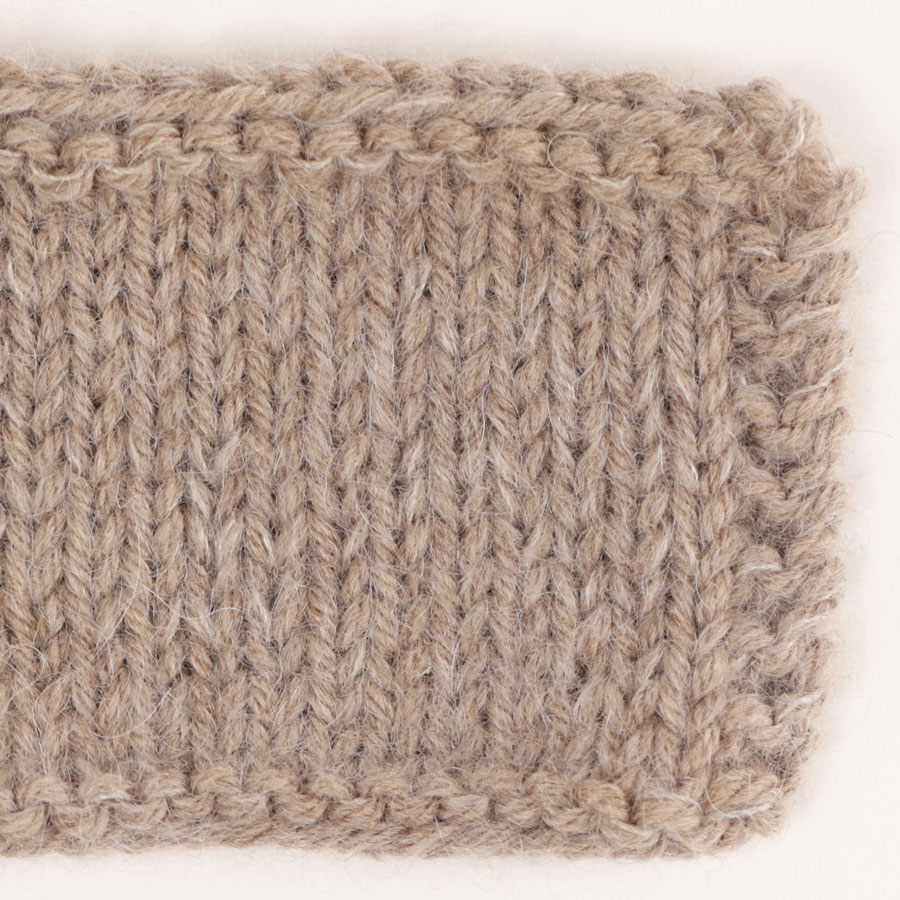
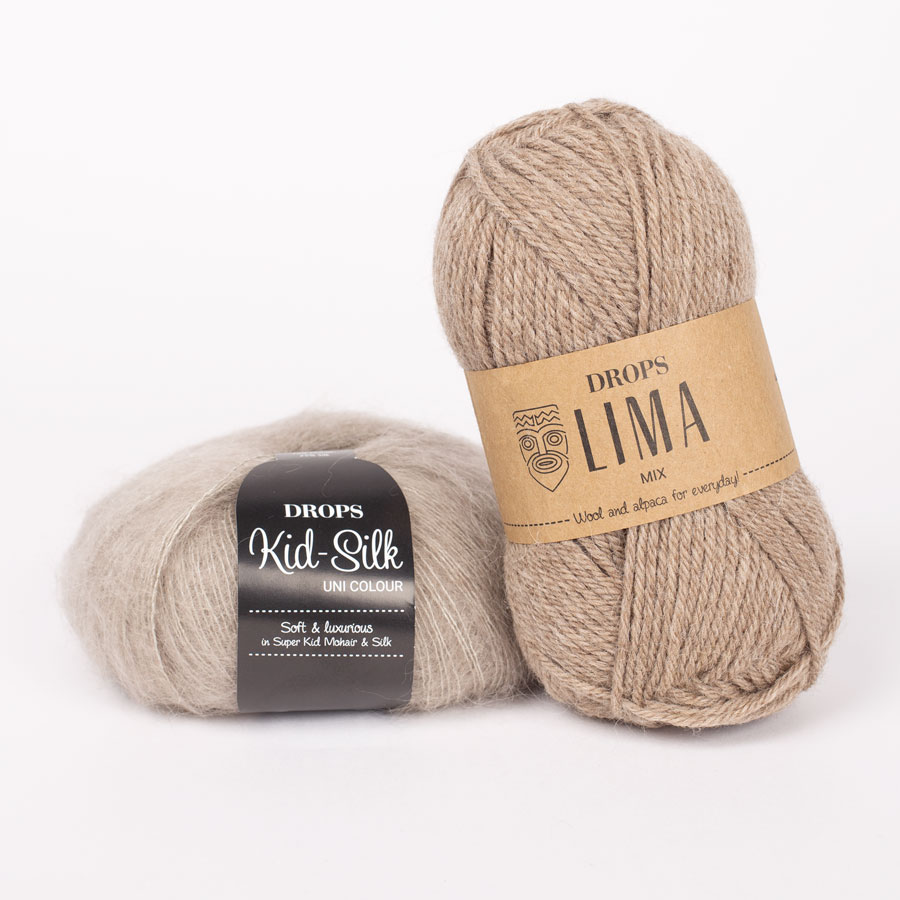
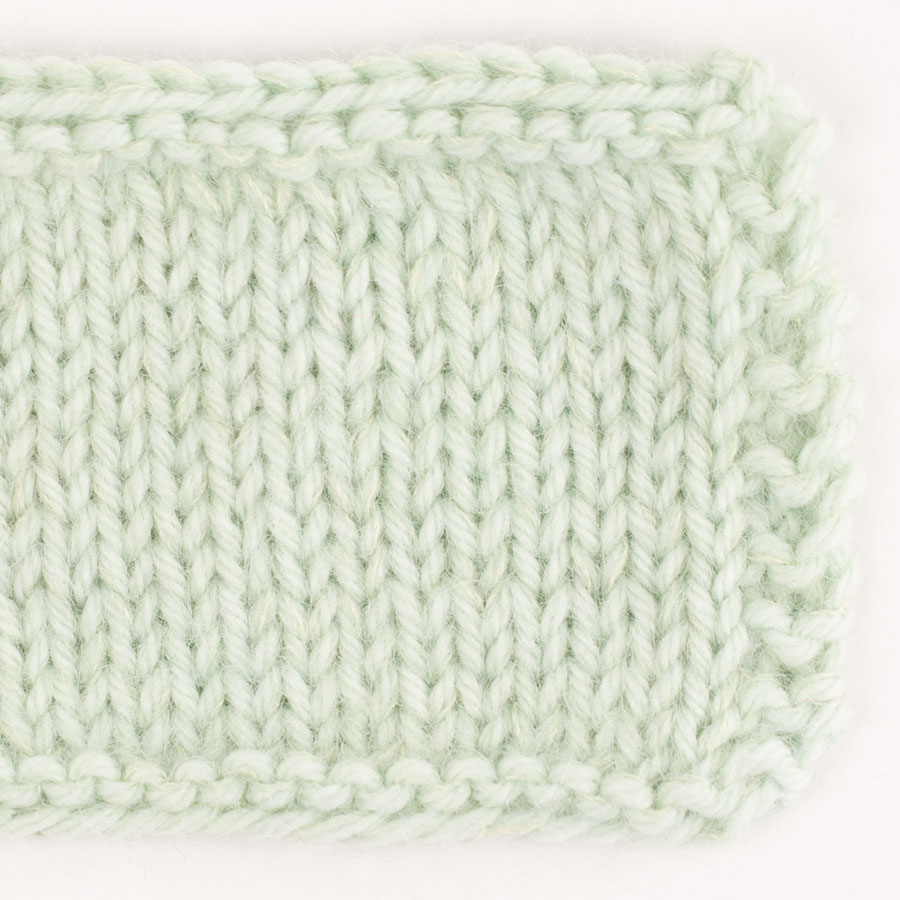
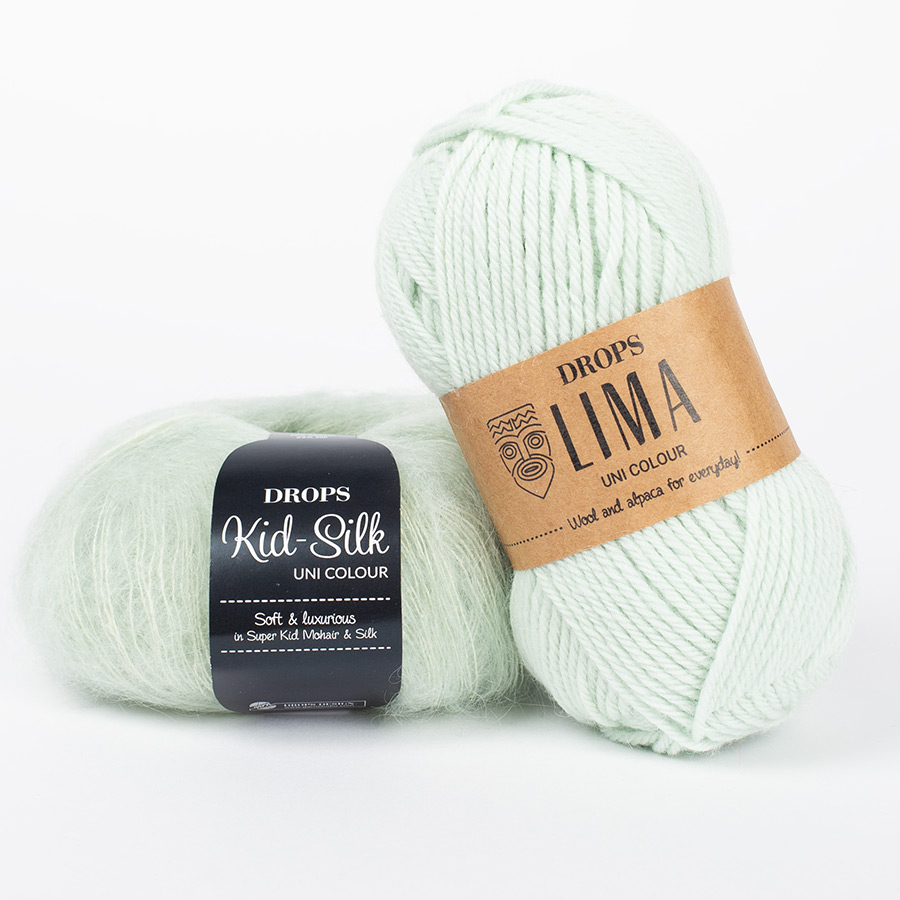
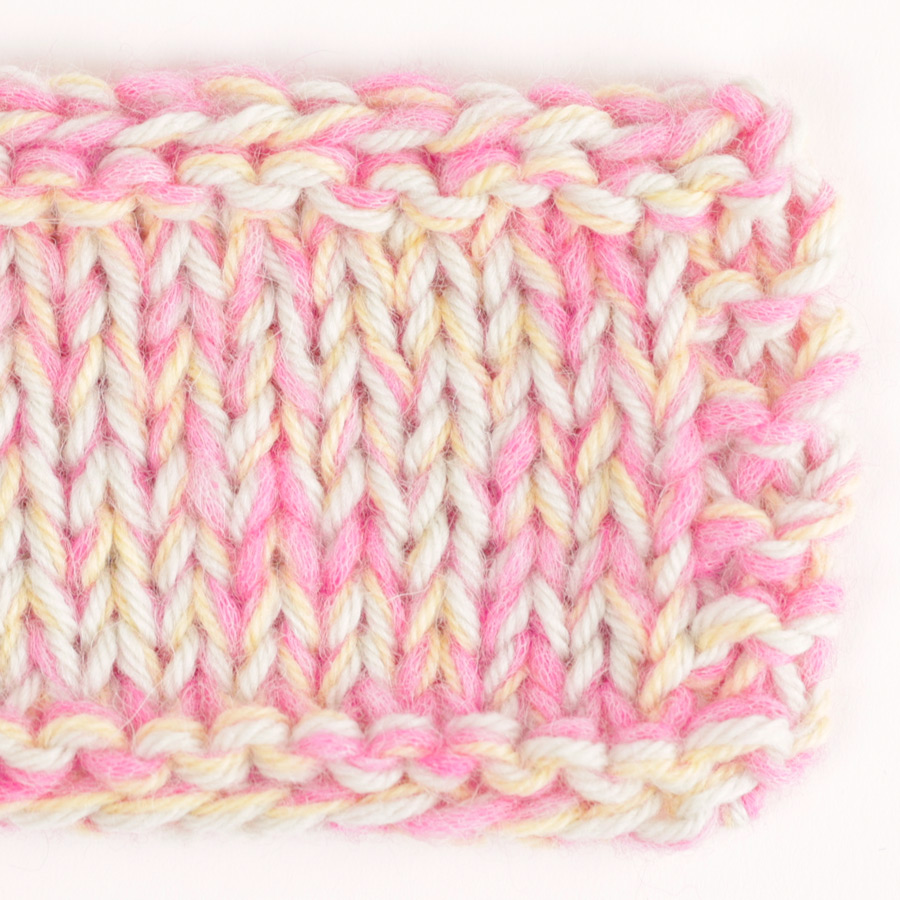
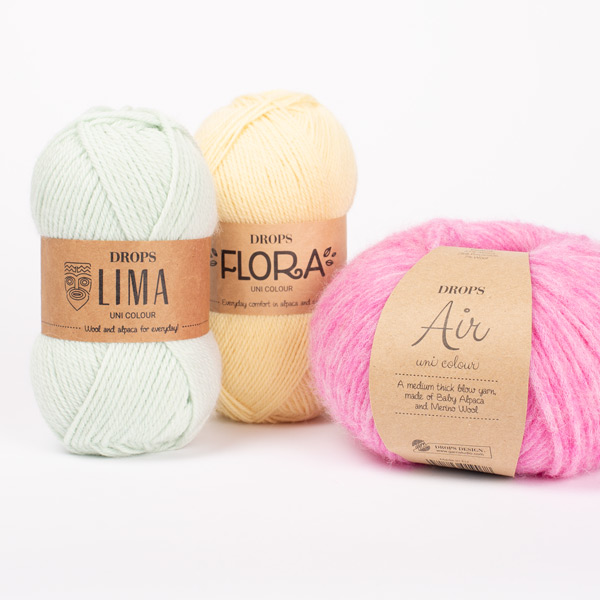
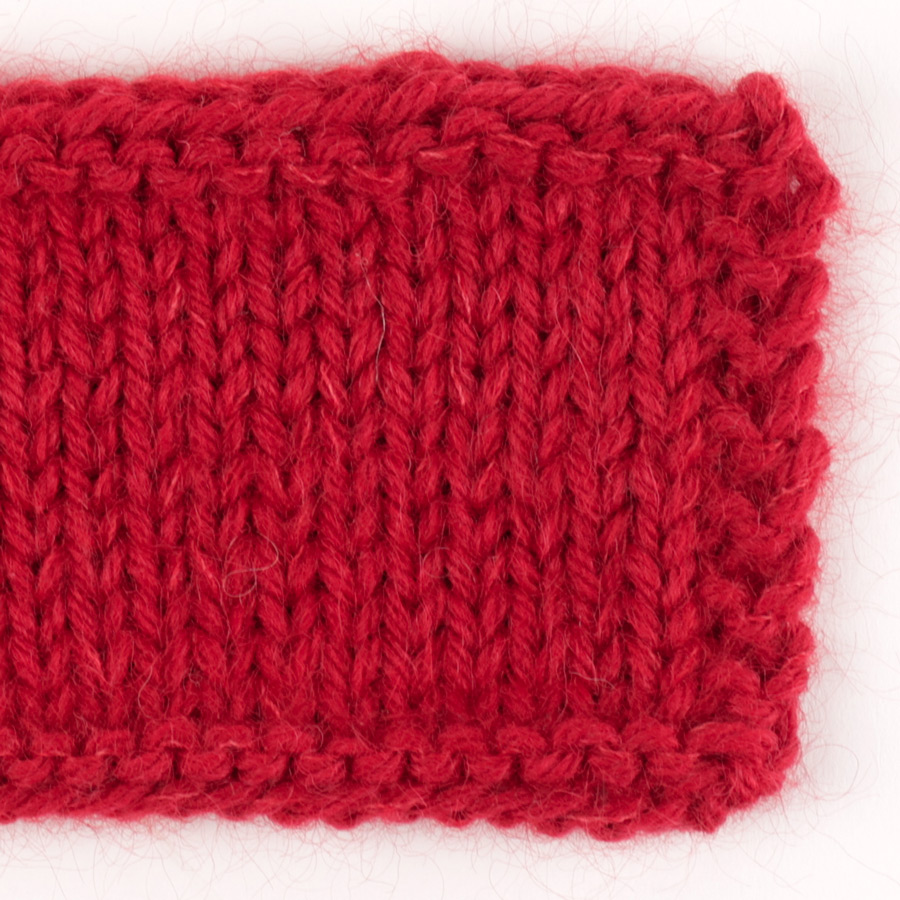
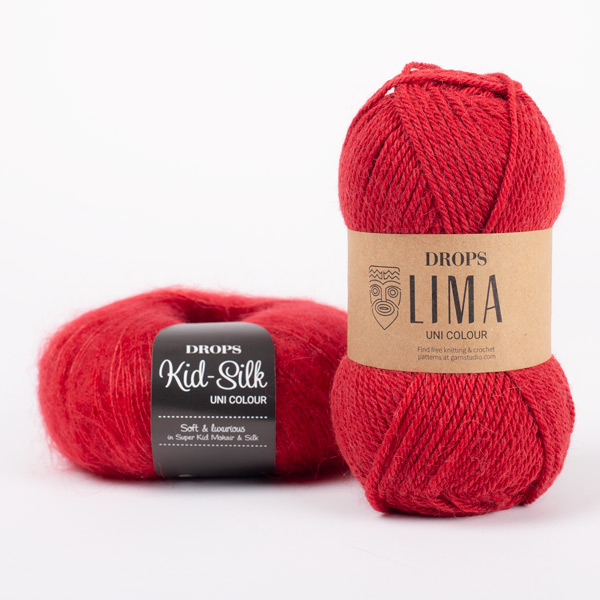
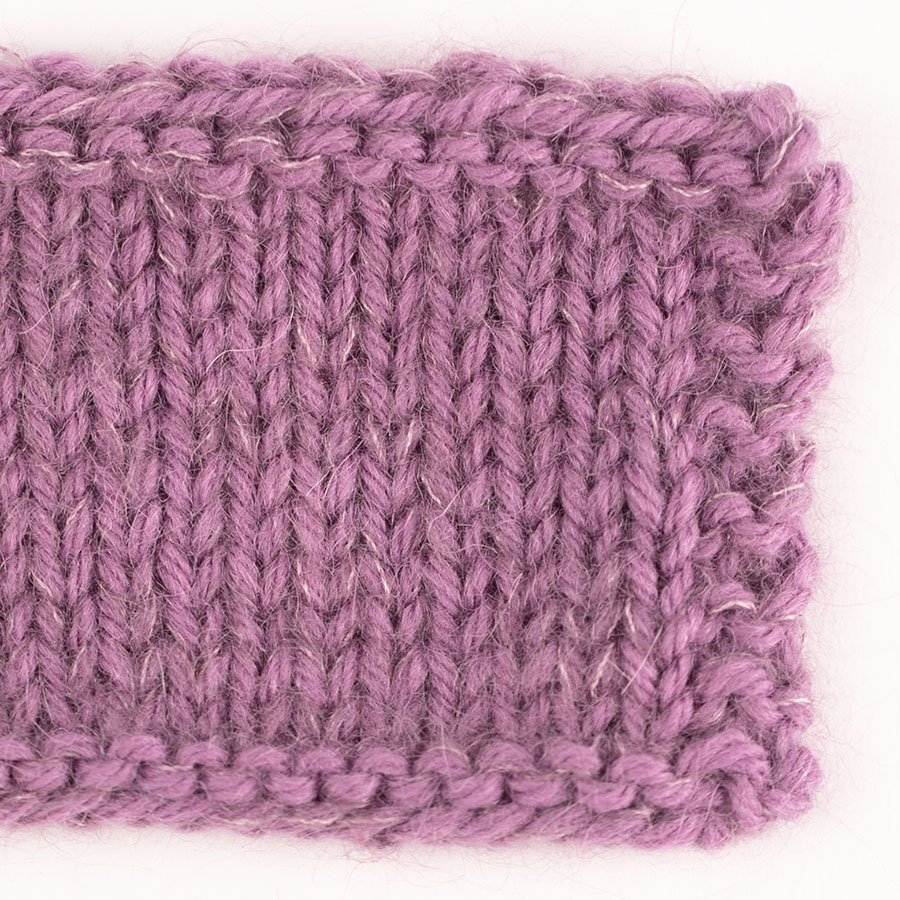

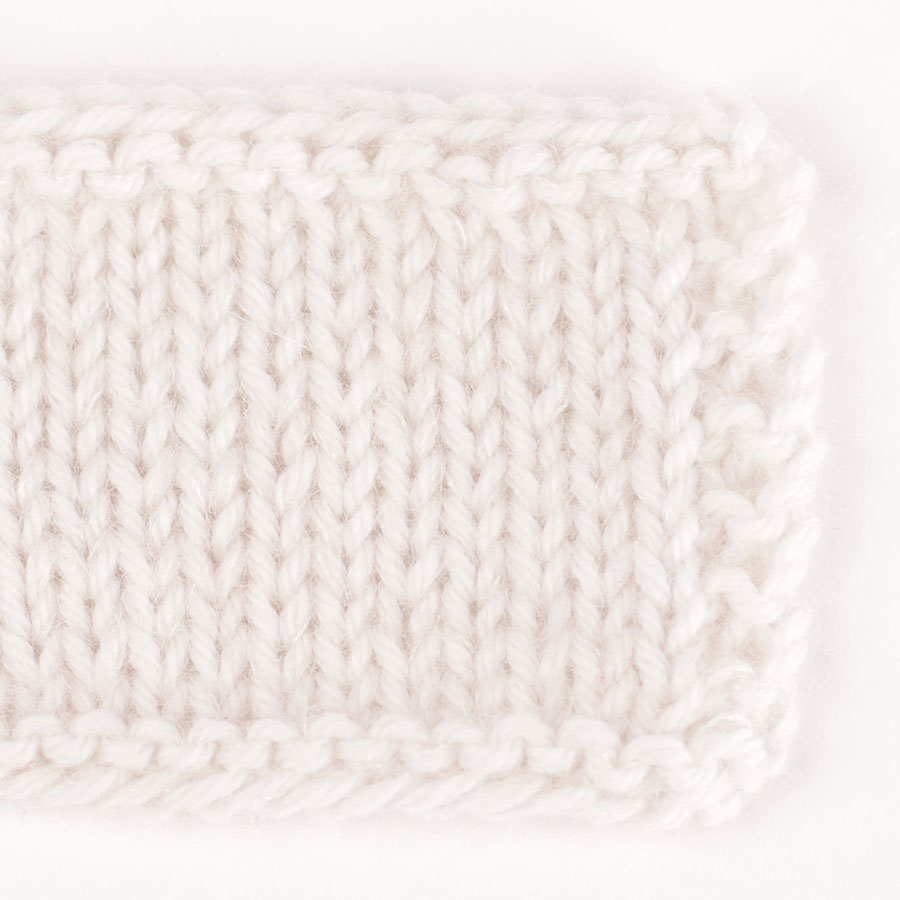
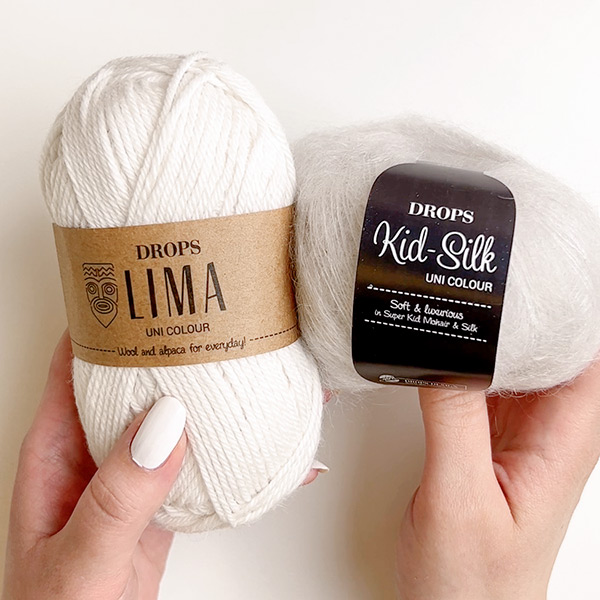
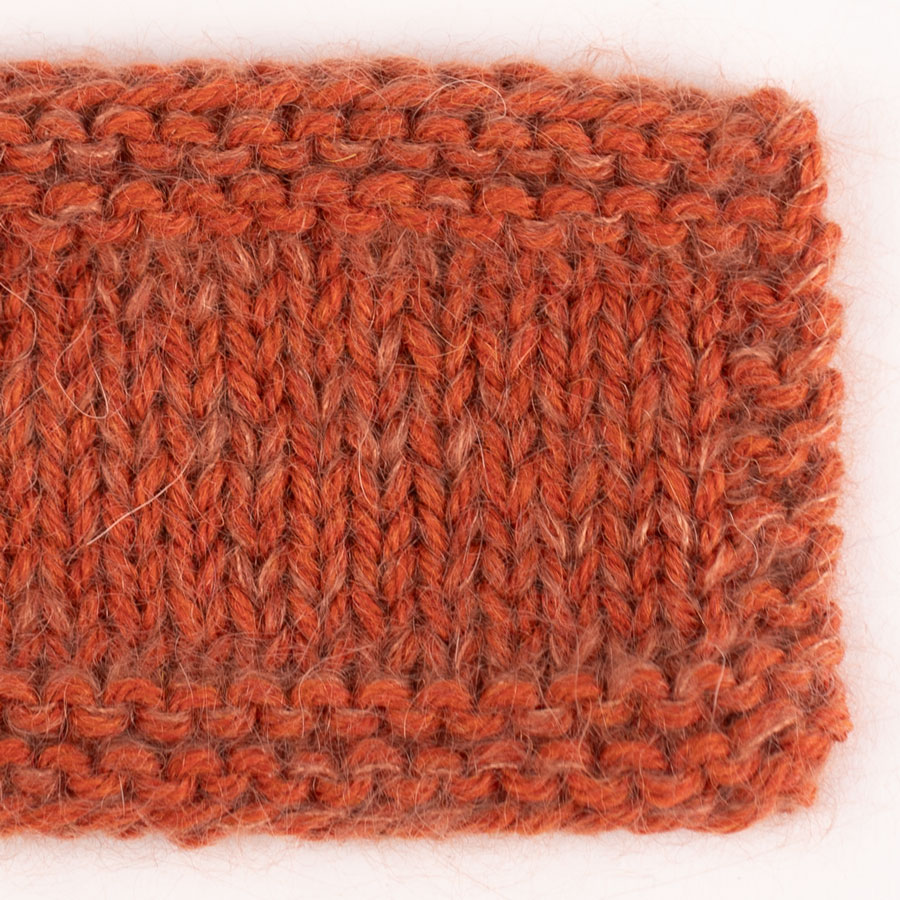
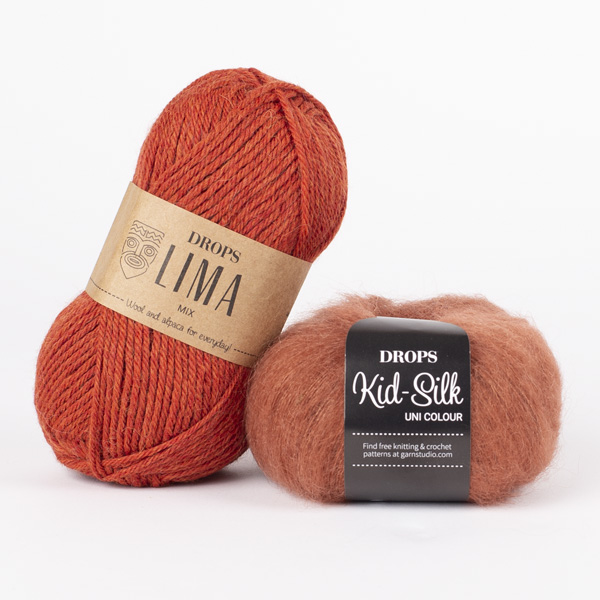
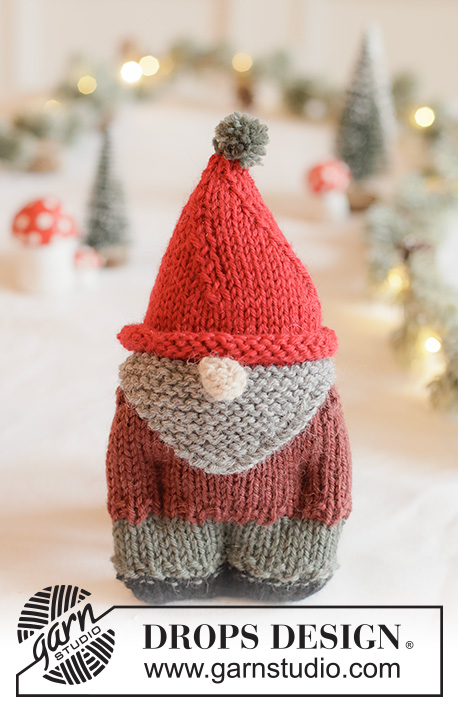

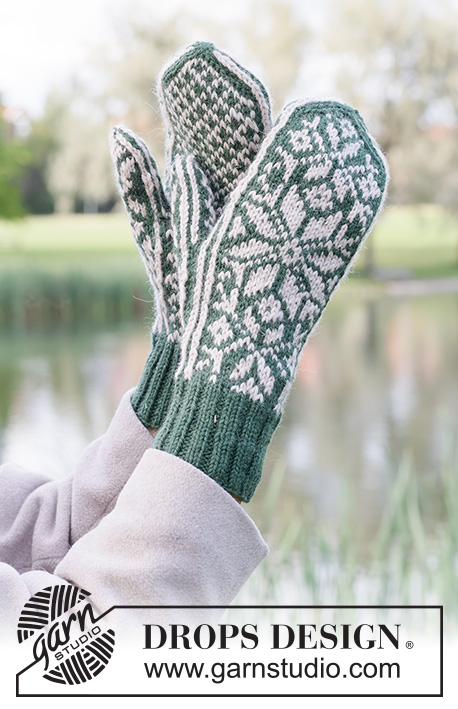

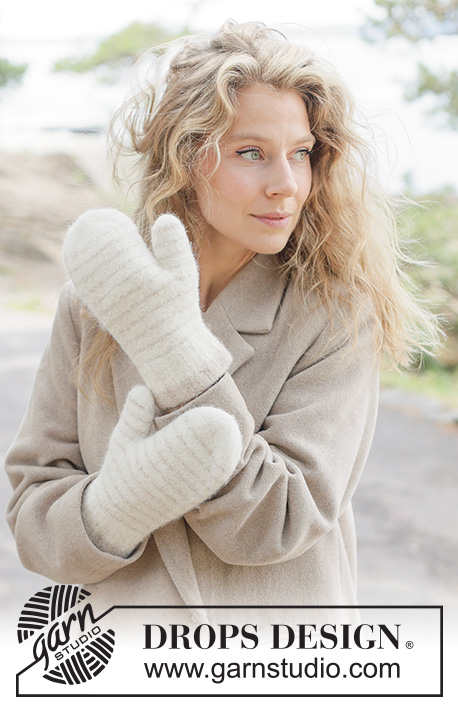
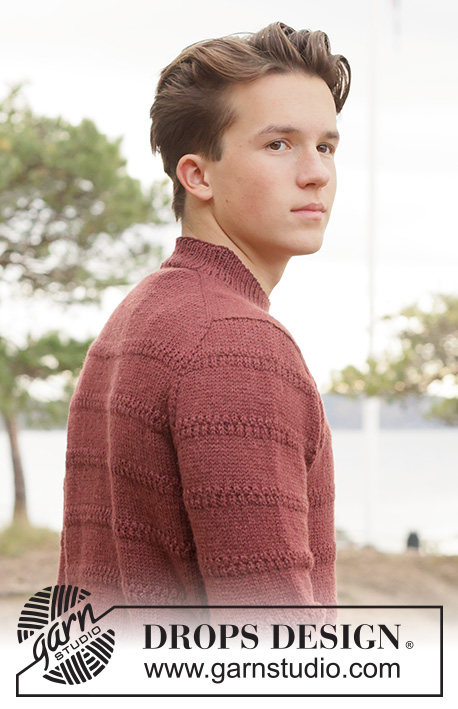







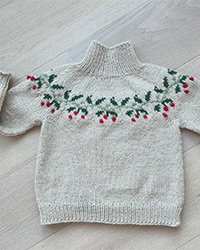
... och det här: "Eller riktigt orange!" Det måste delas upp på fler kommentarer för att fungera.
09.09.2014 - 08:27